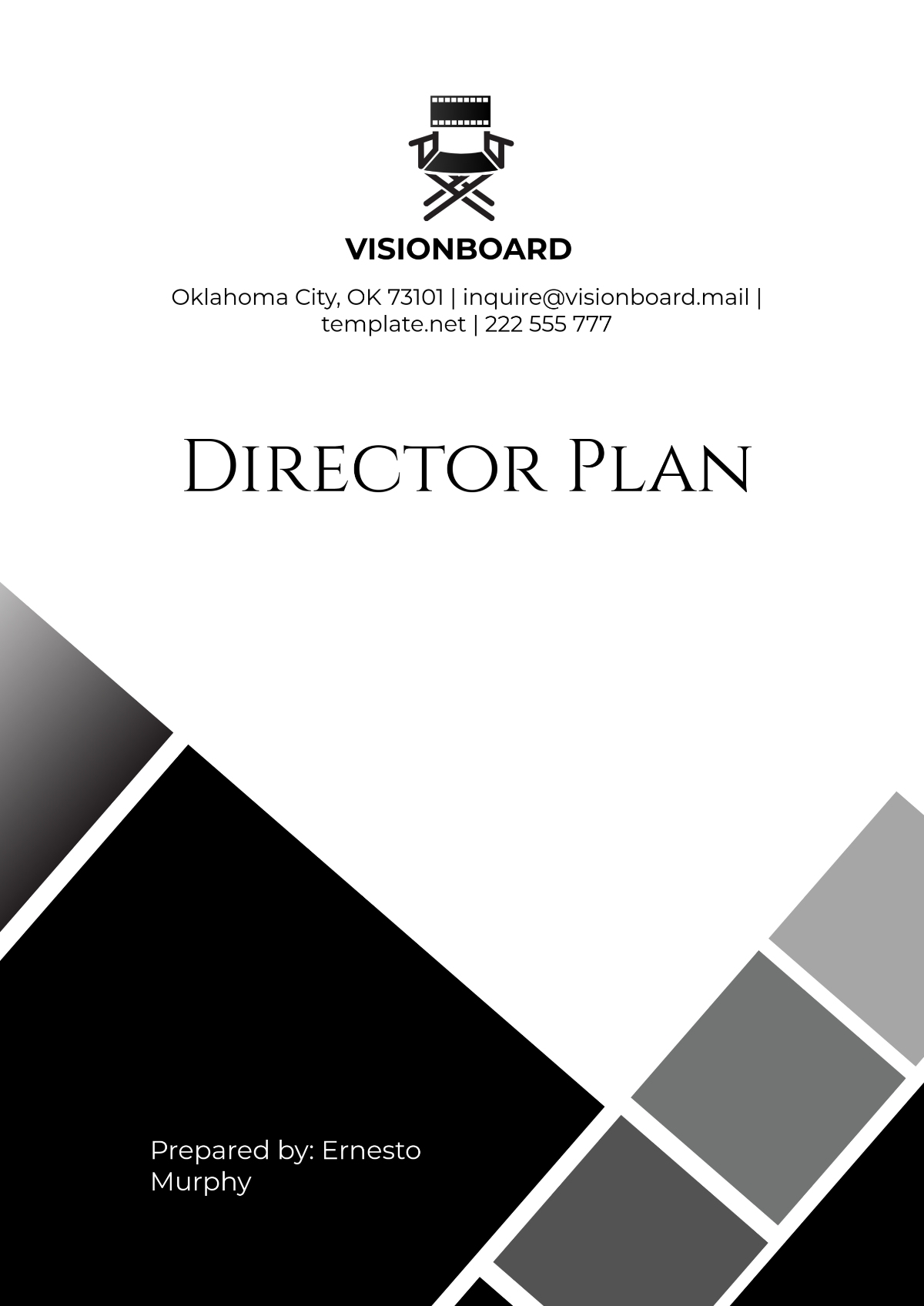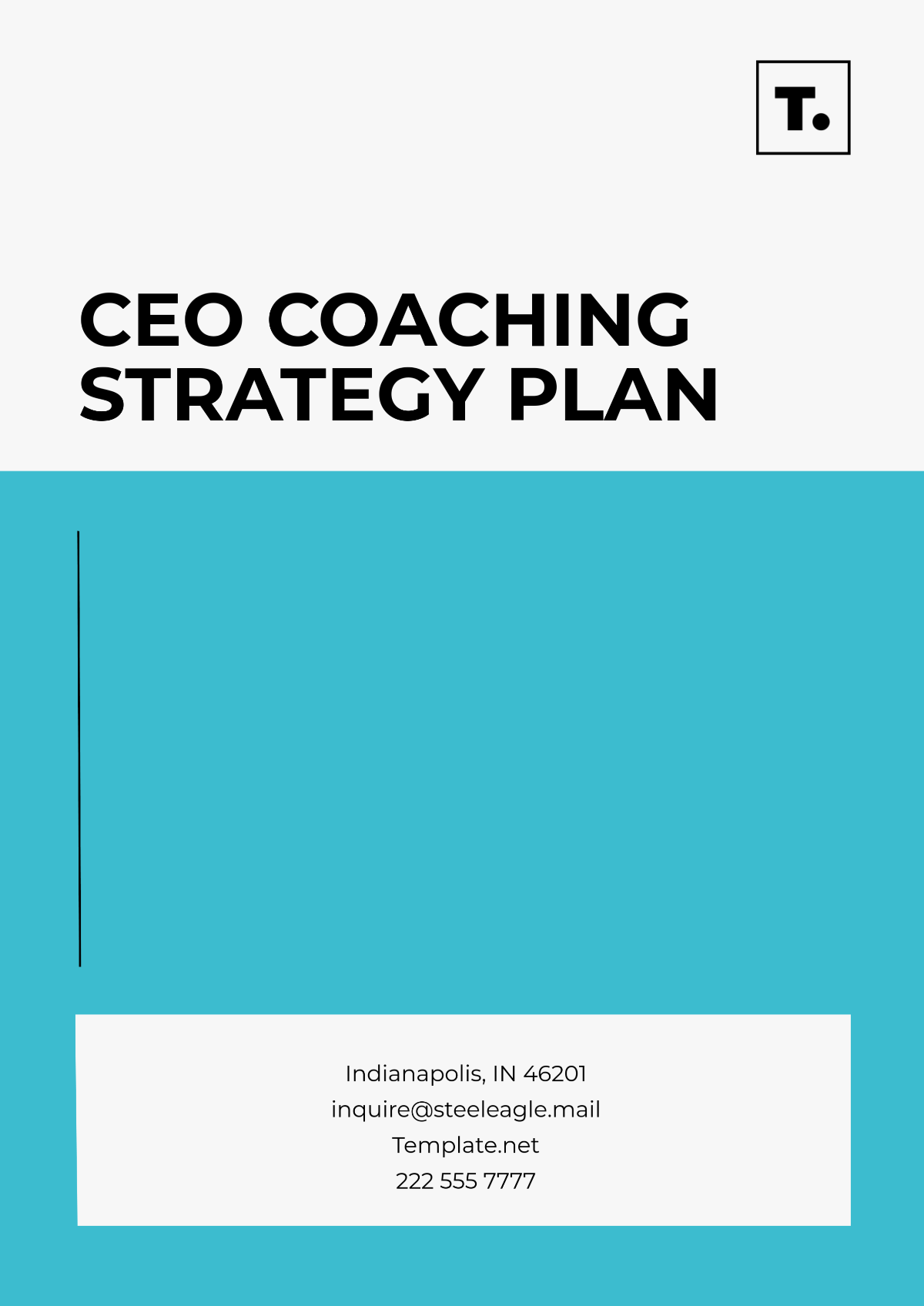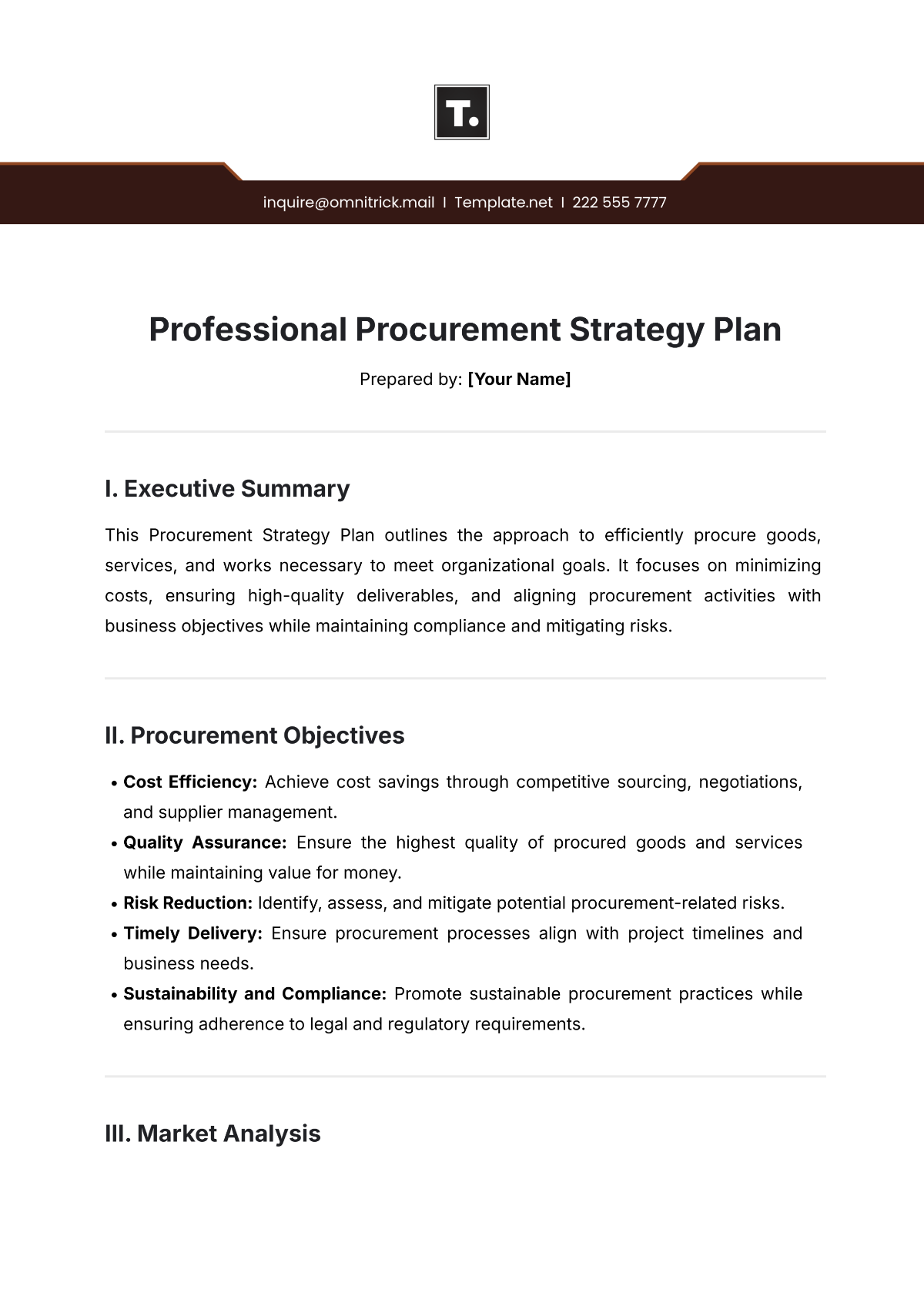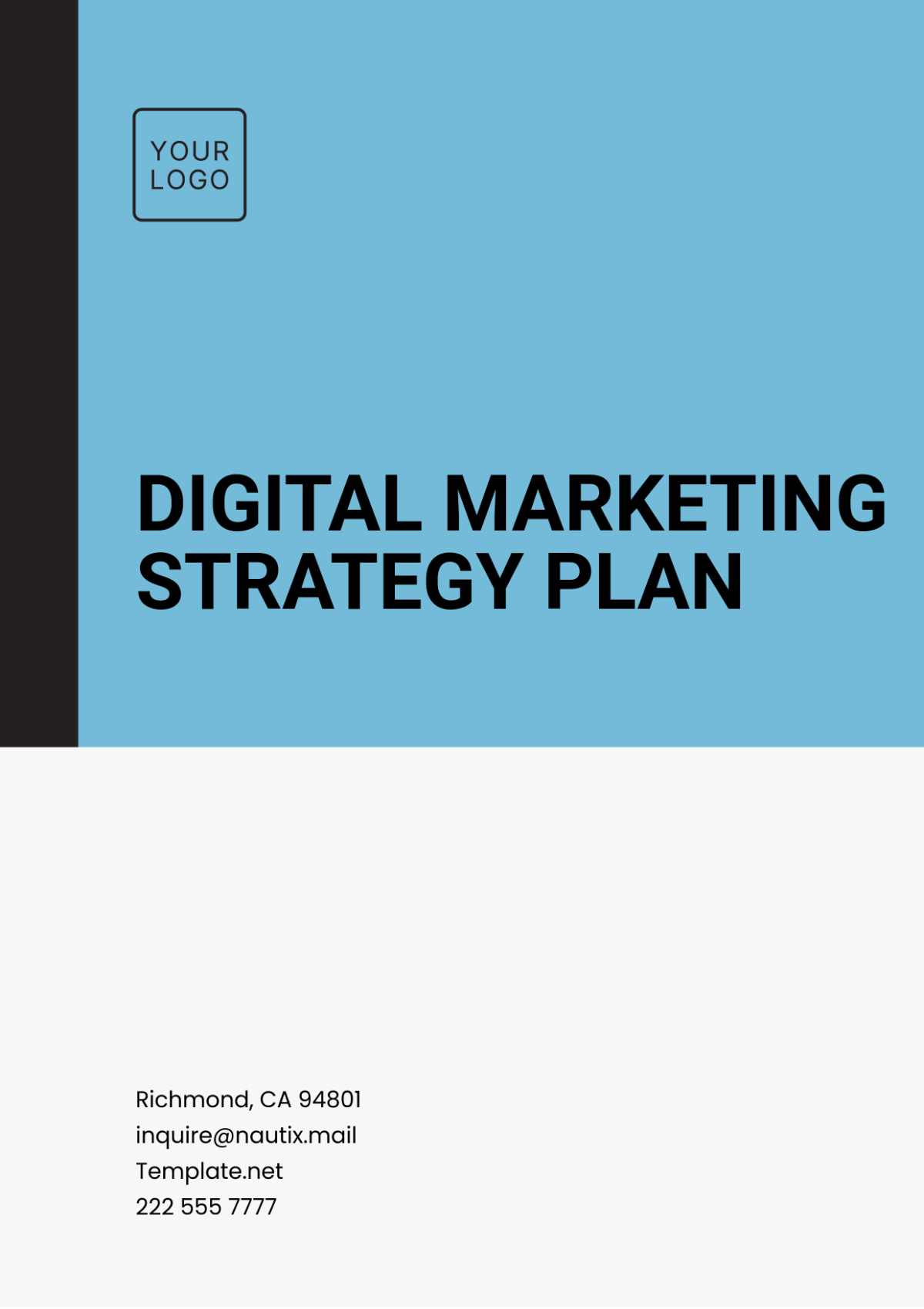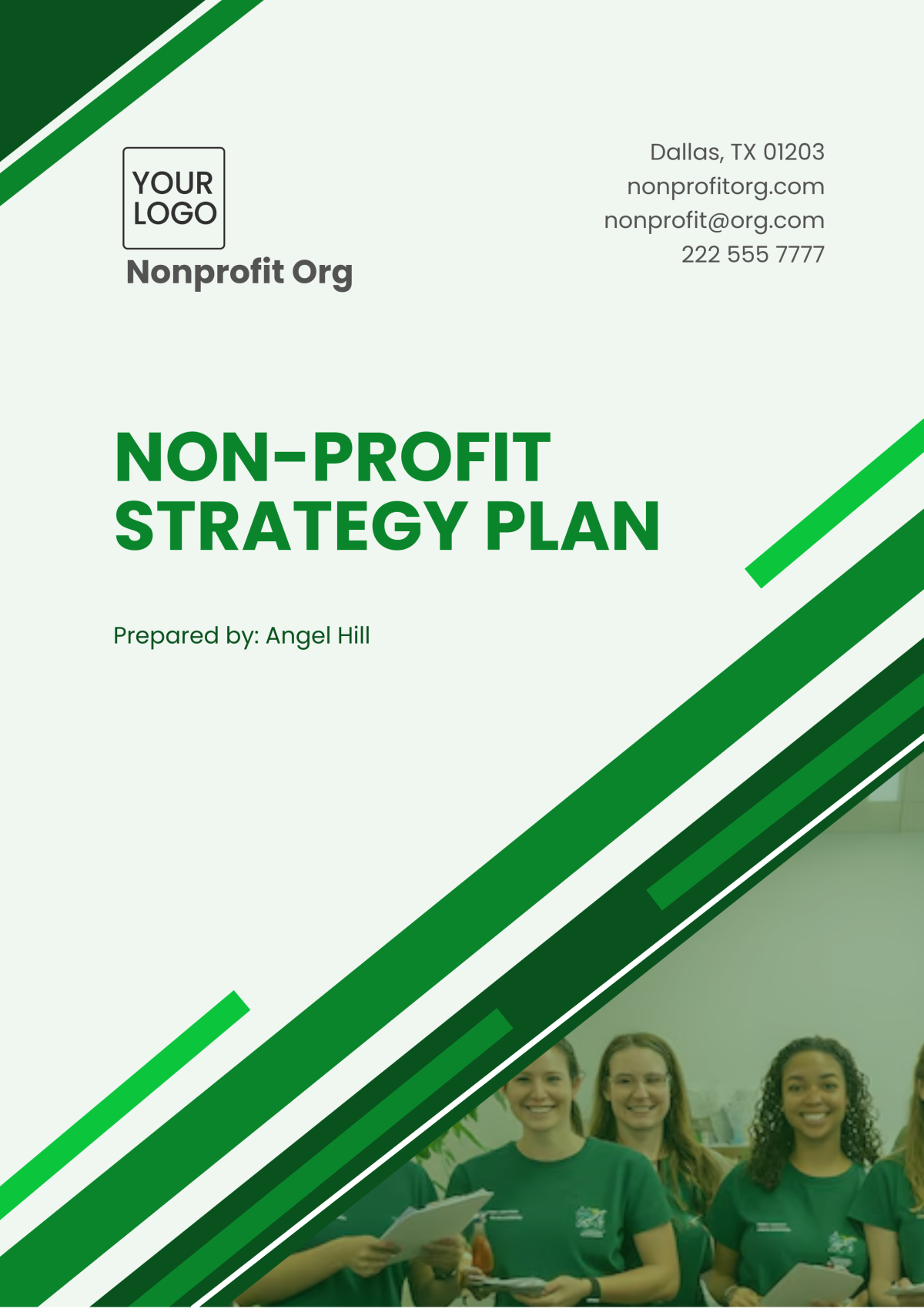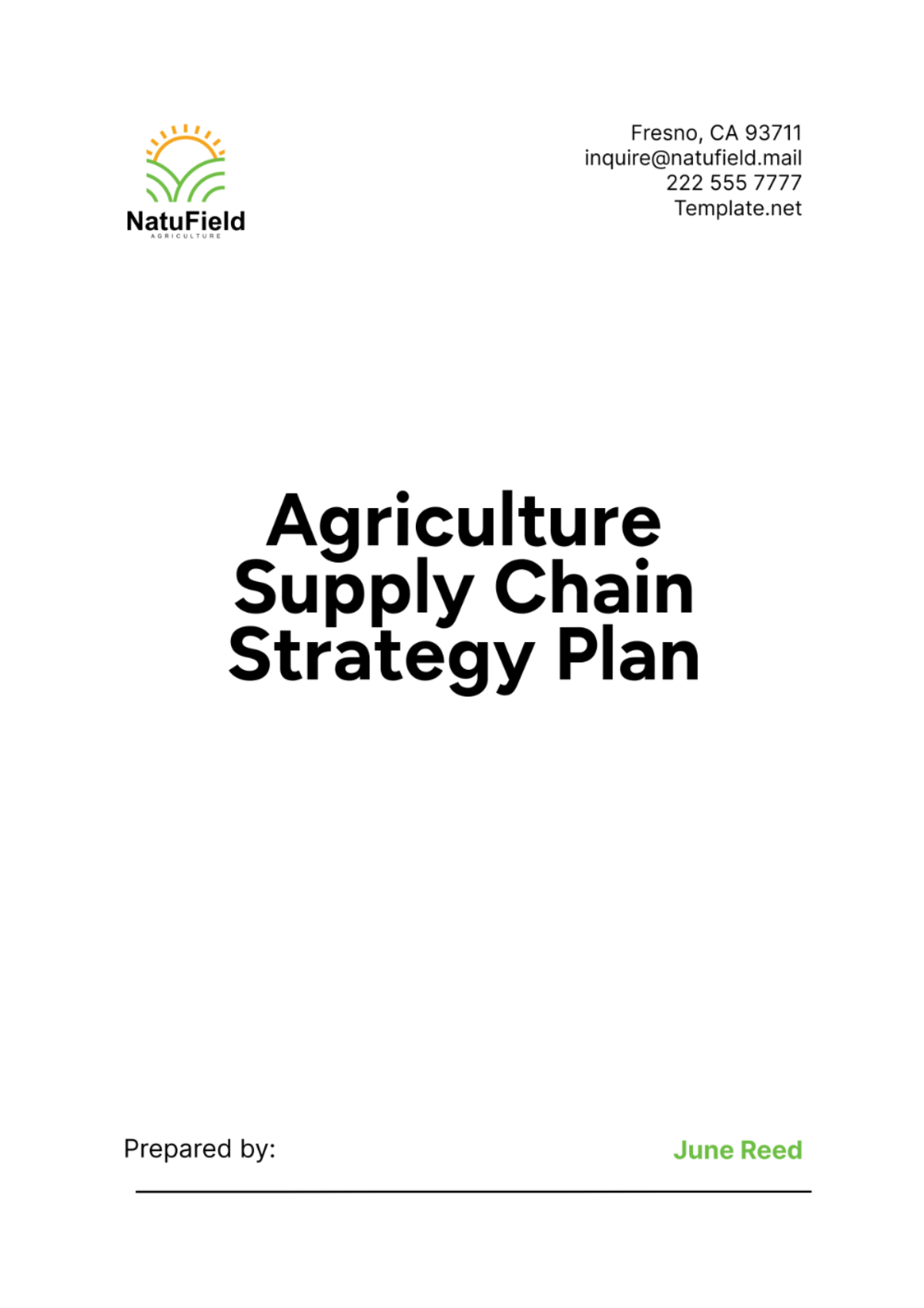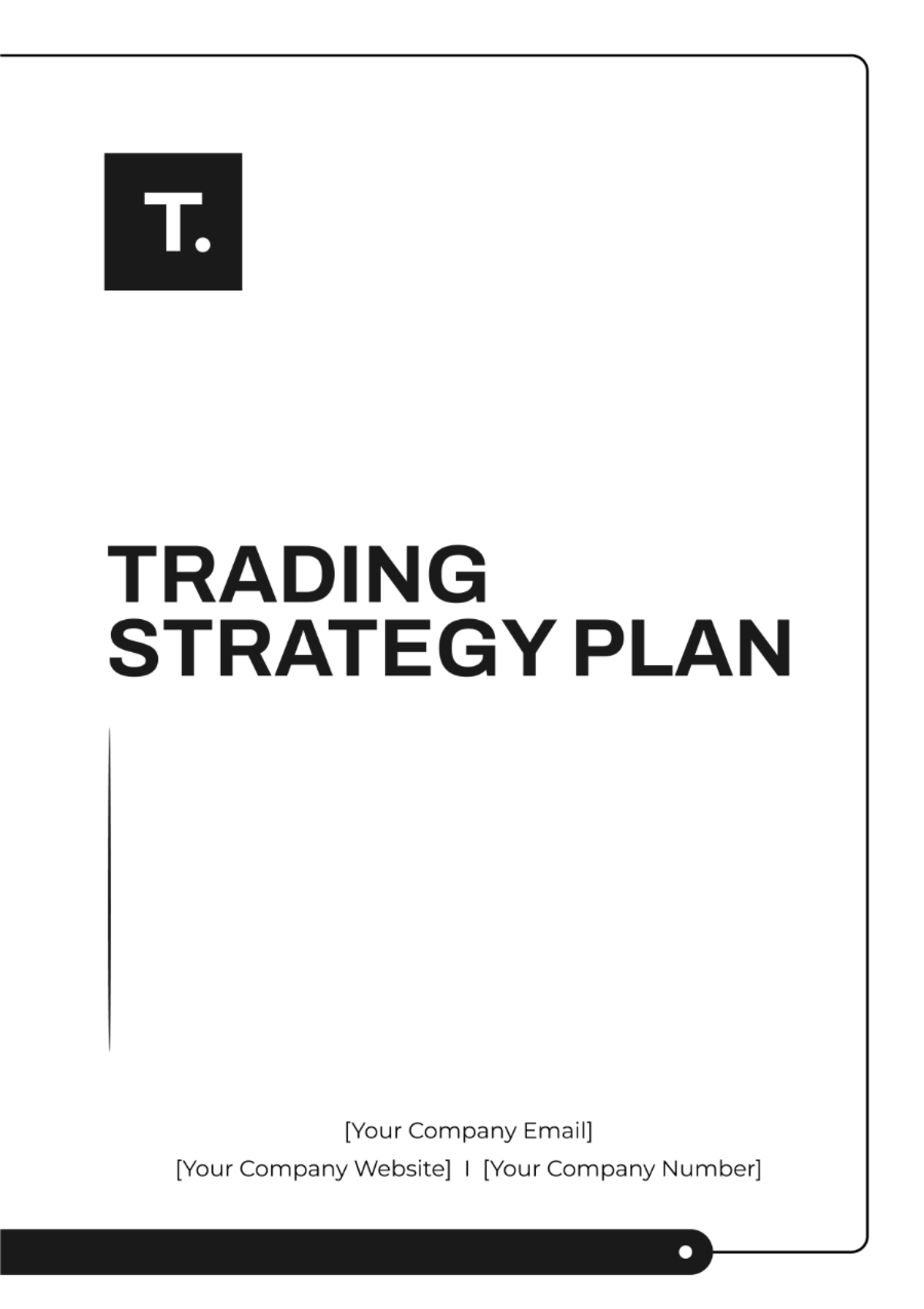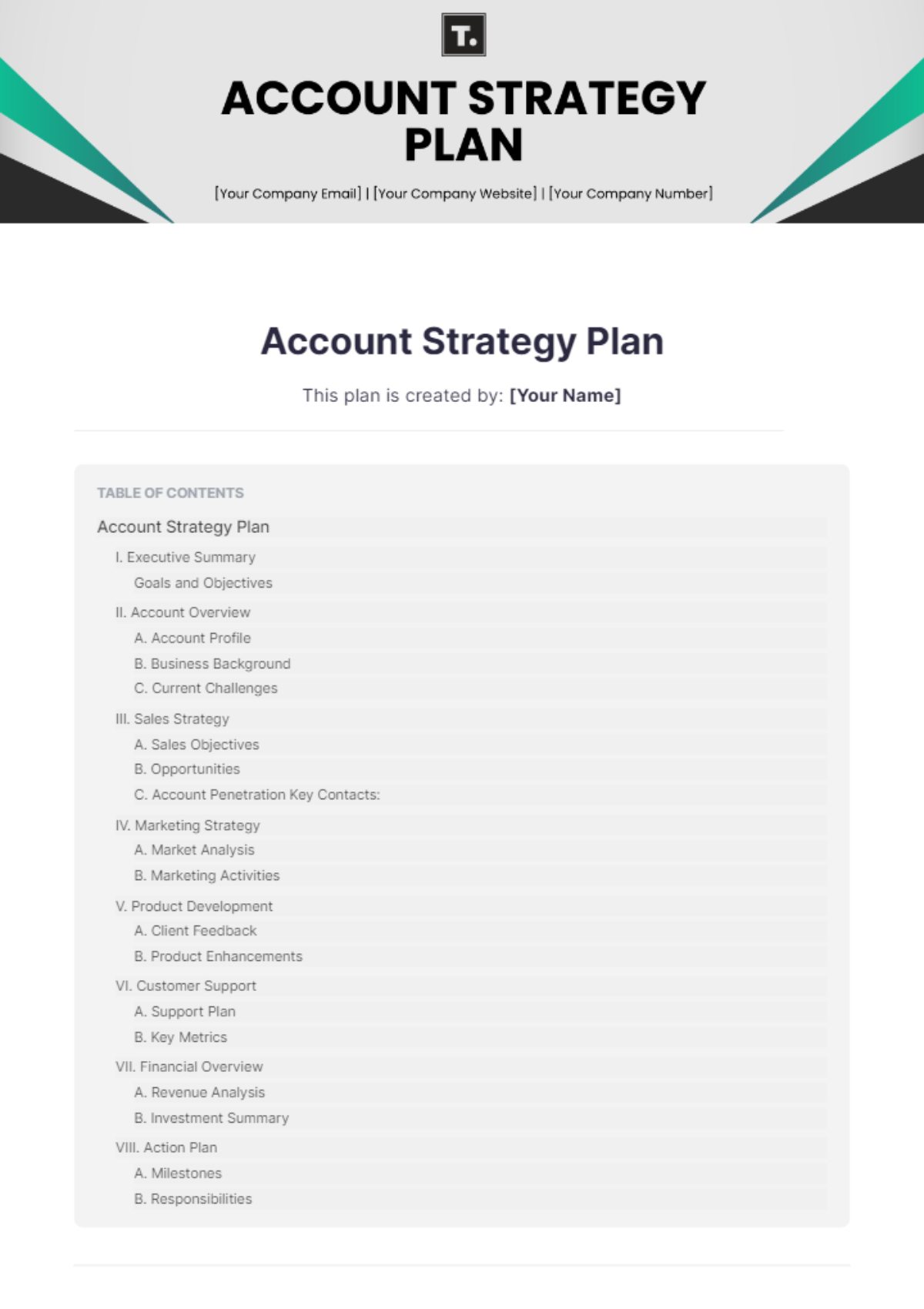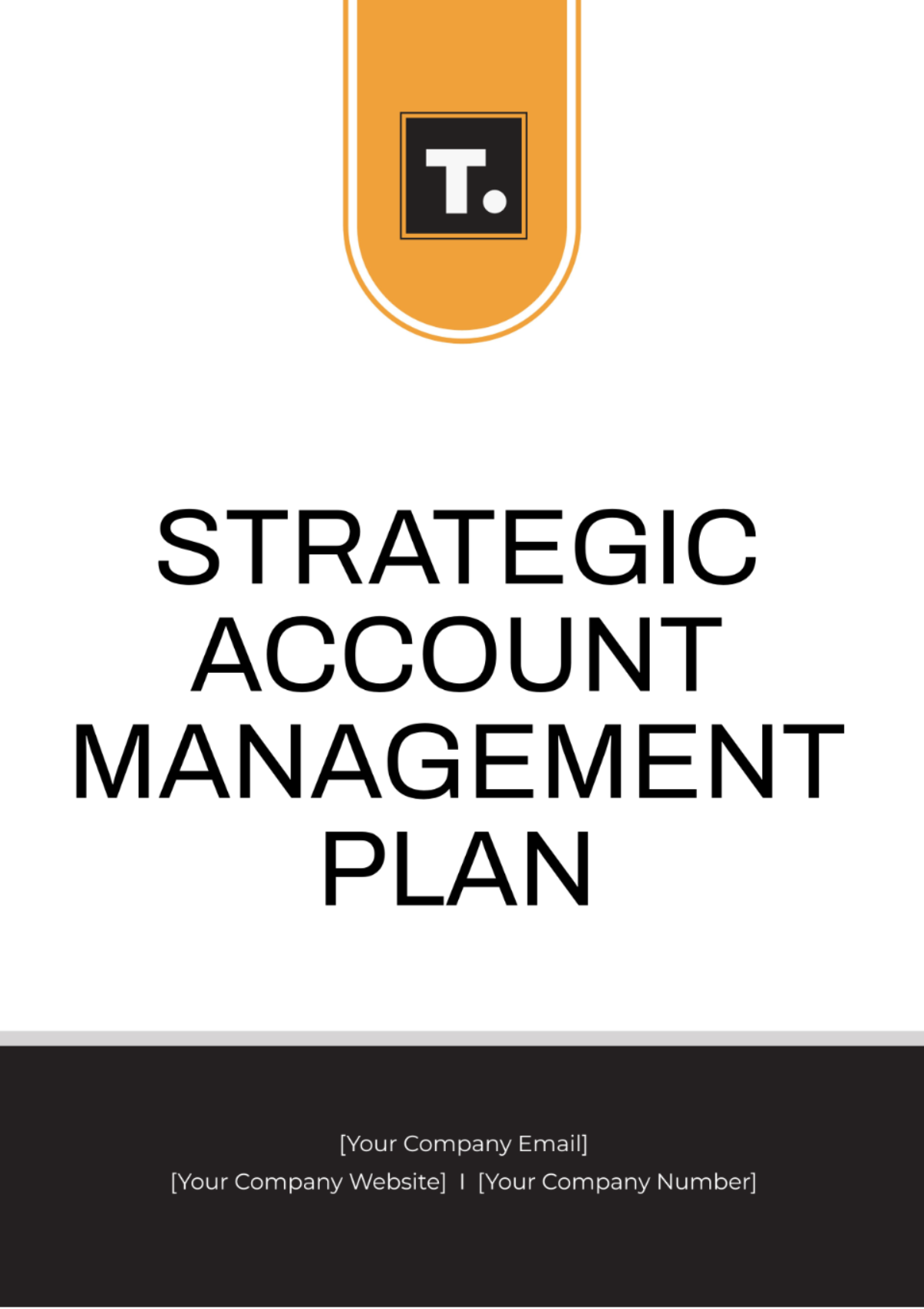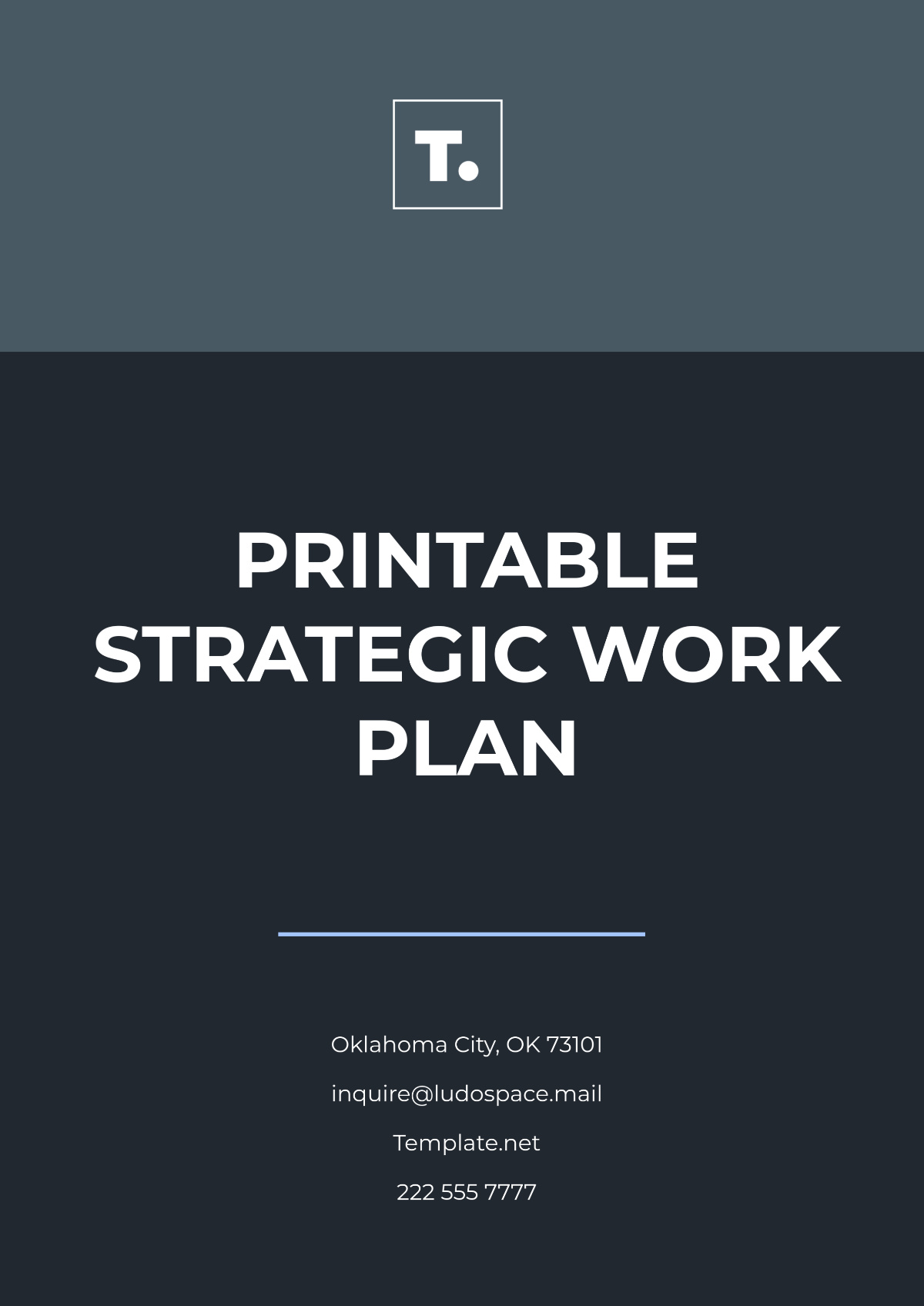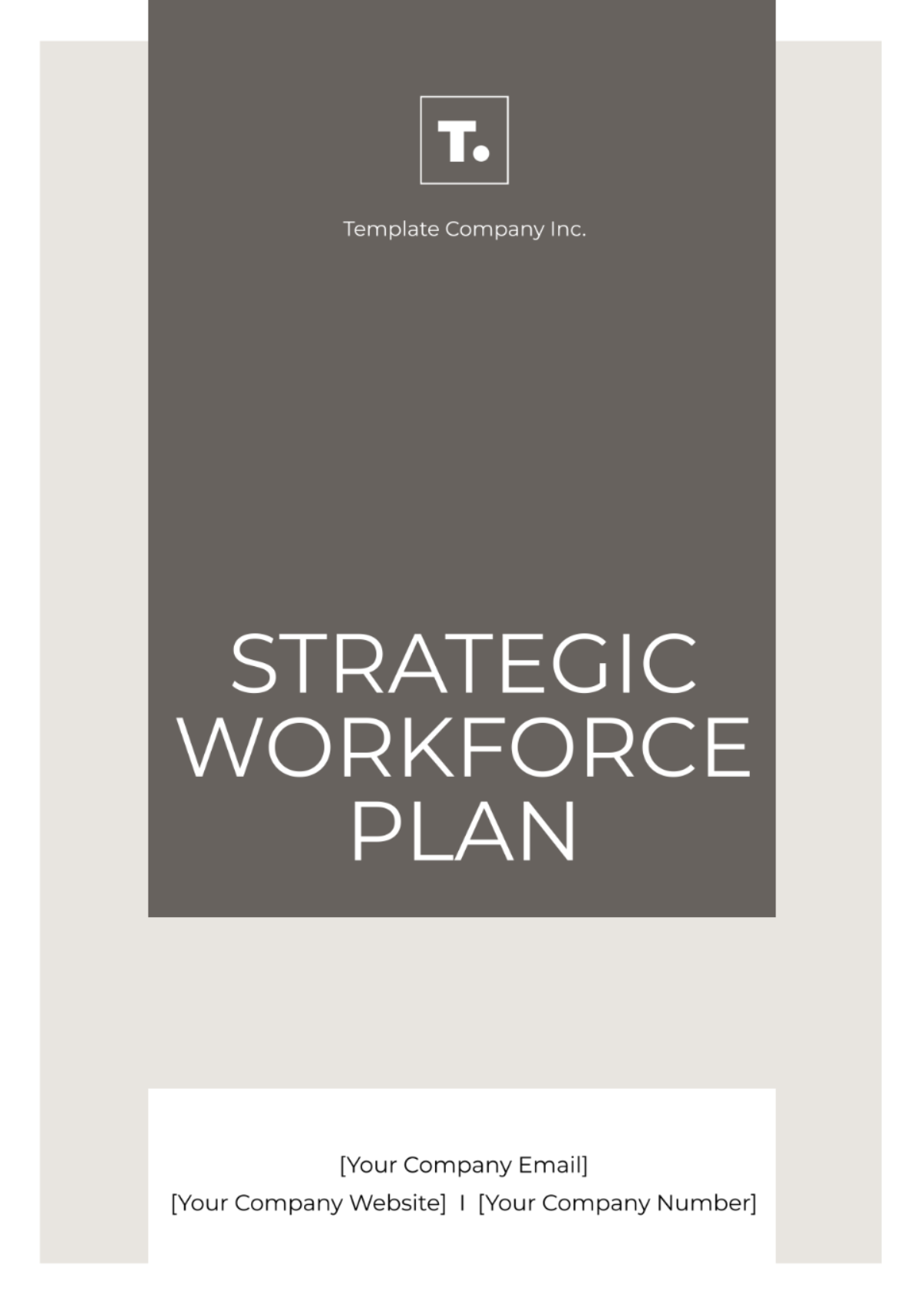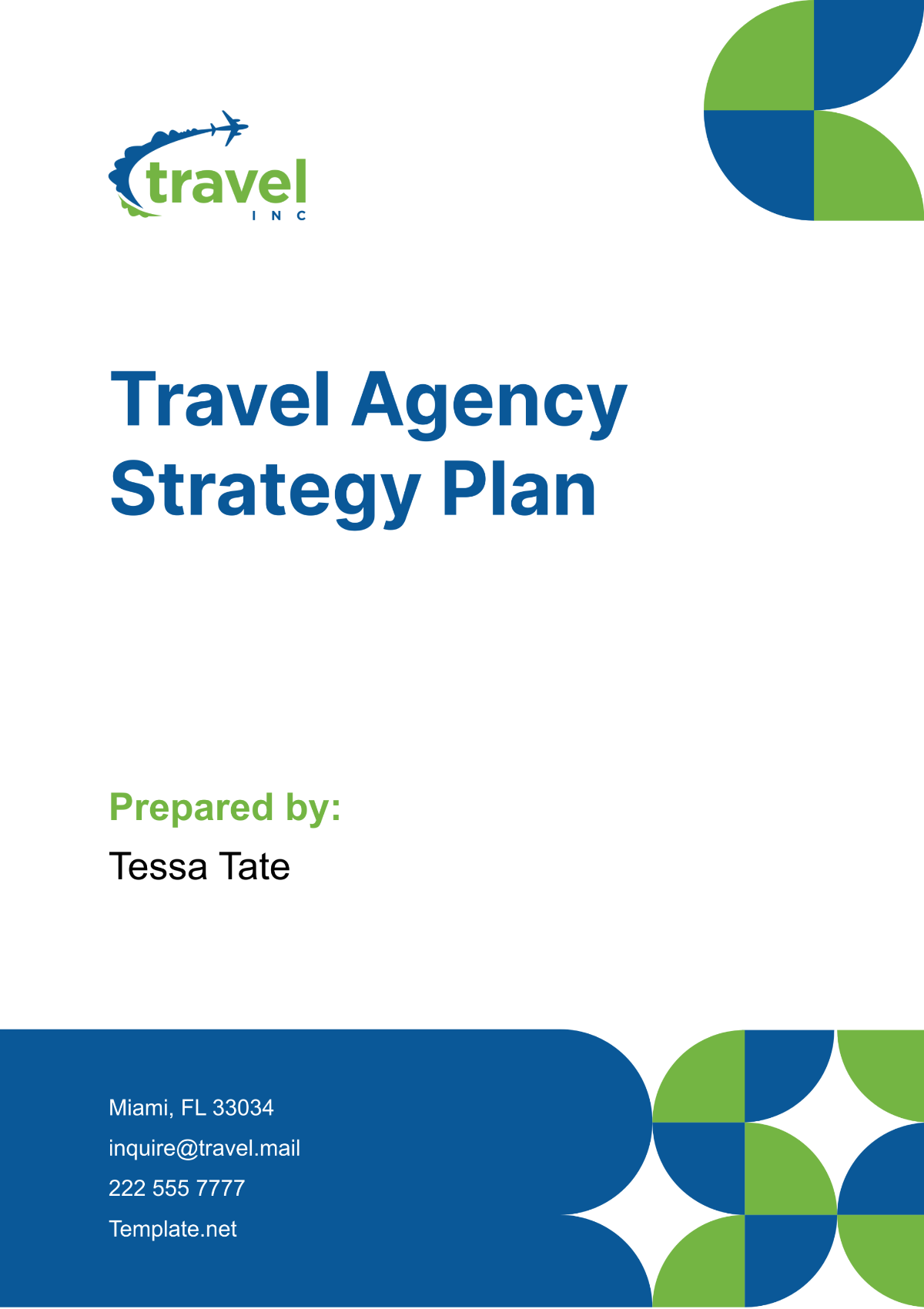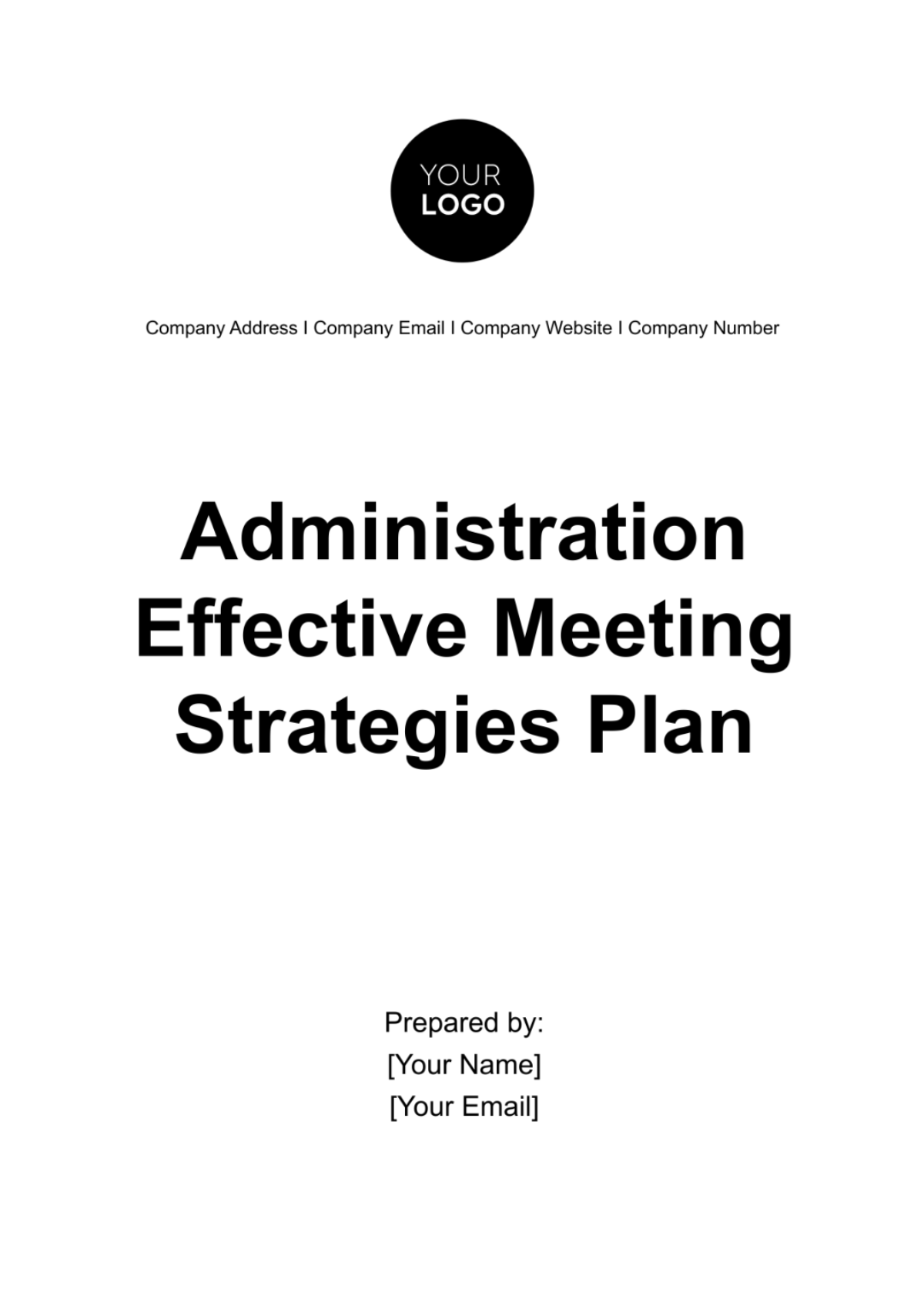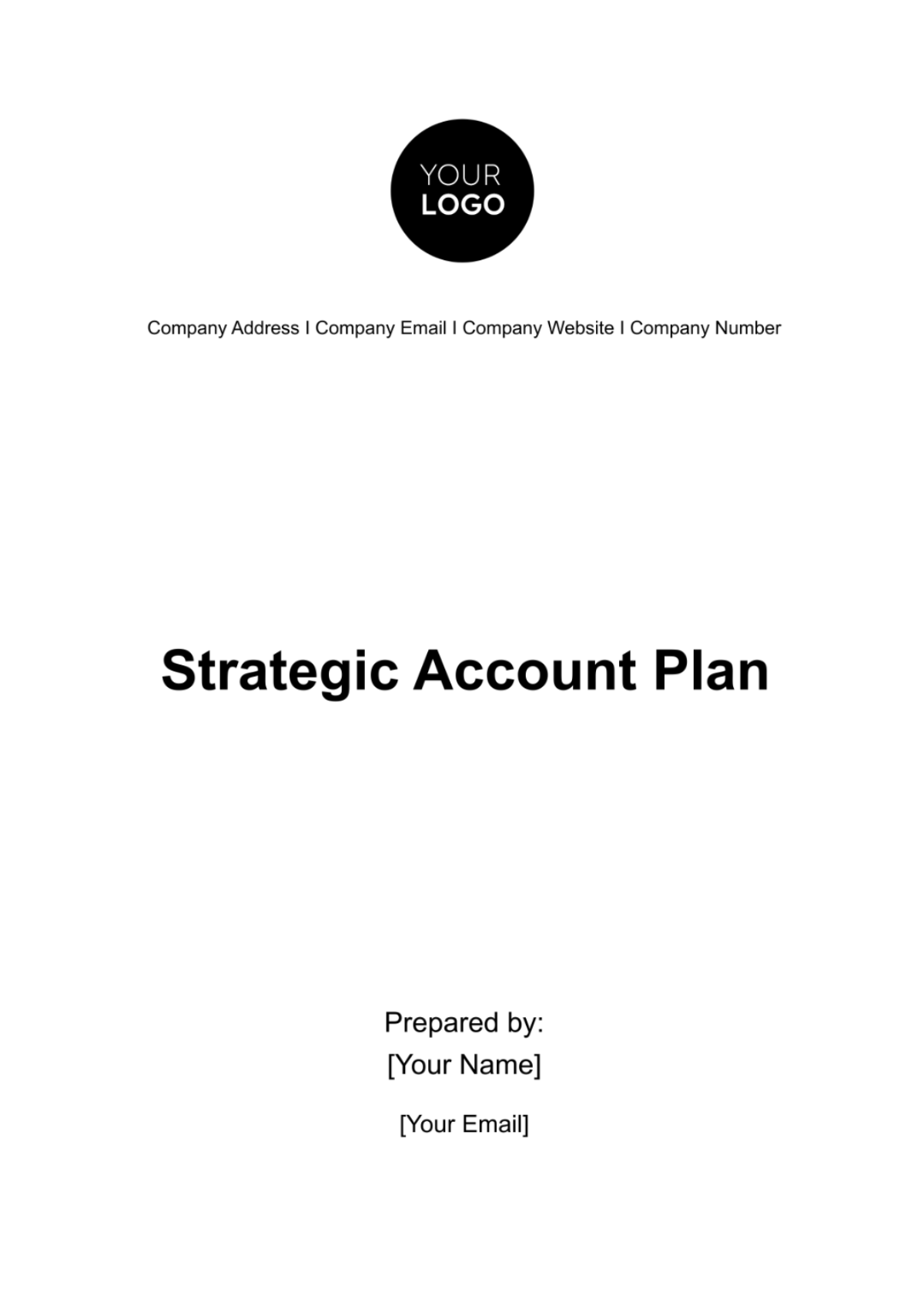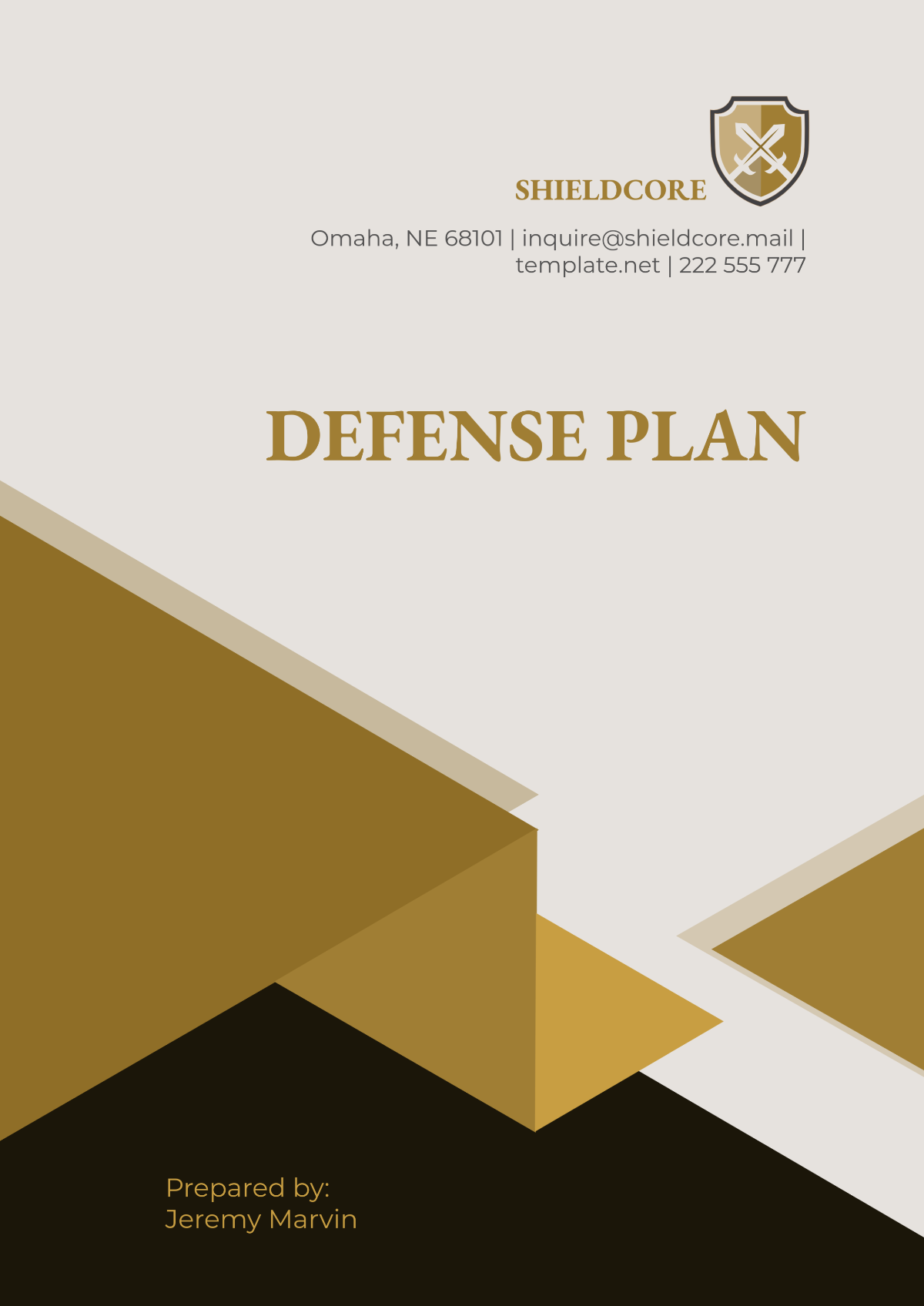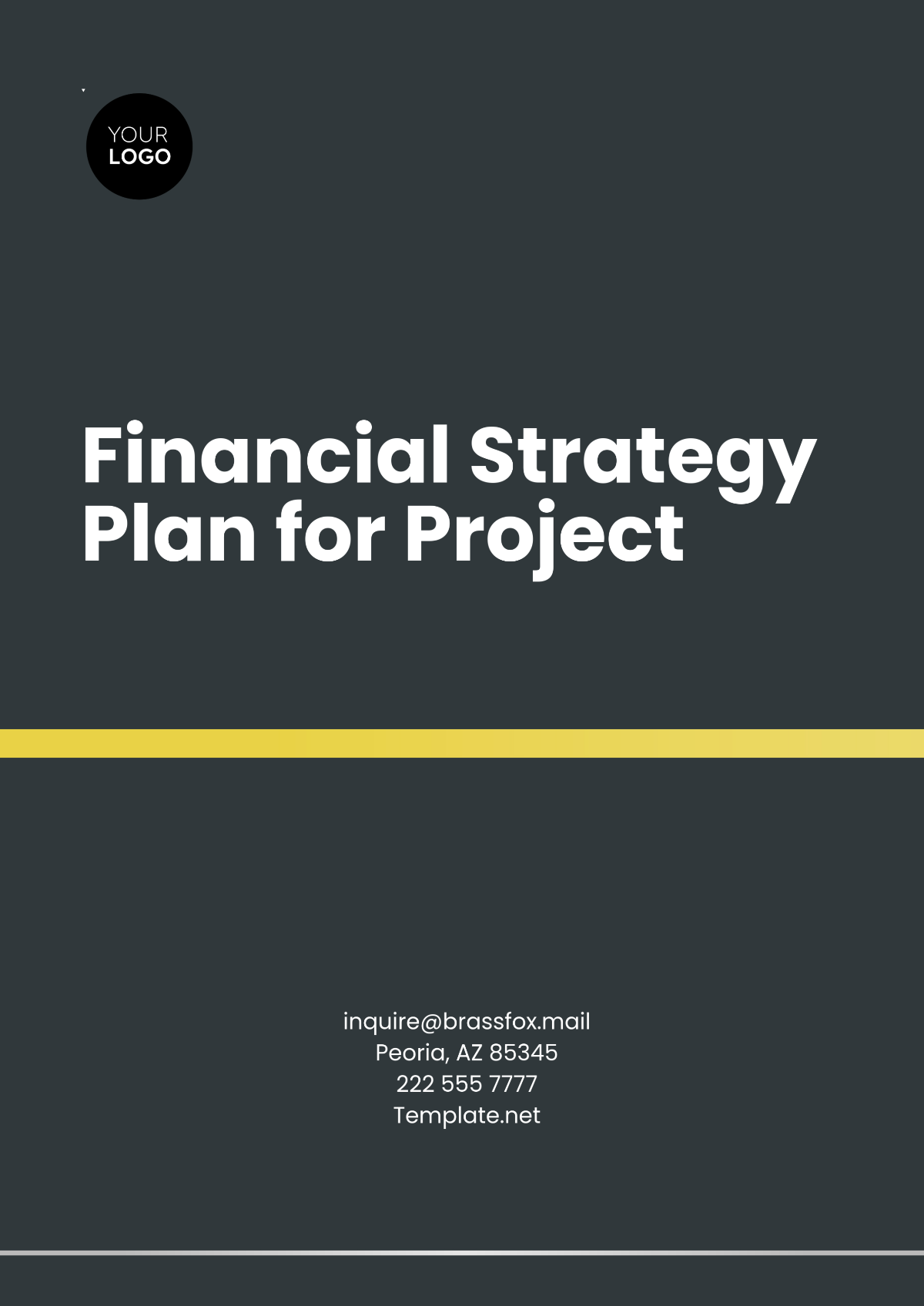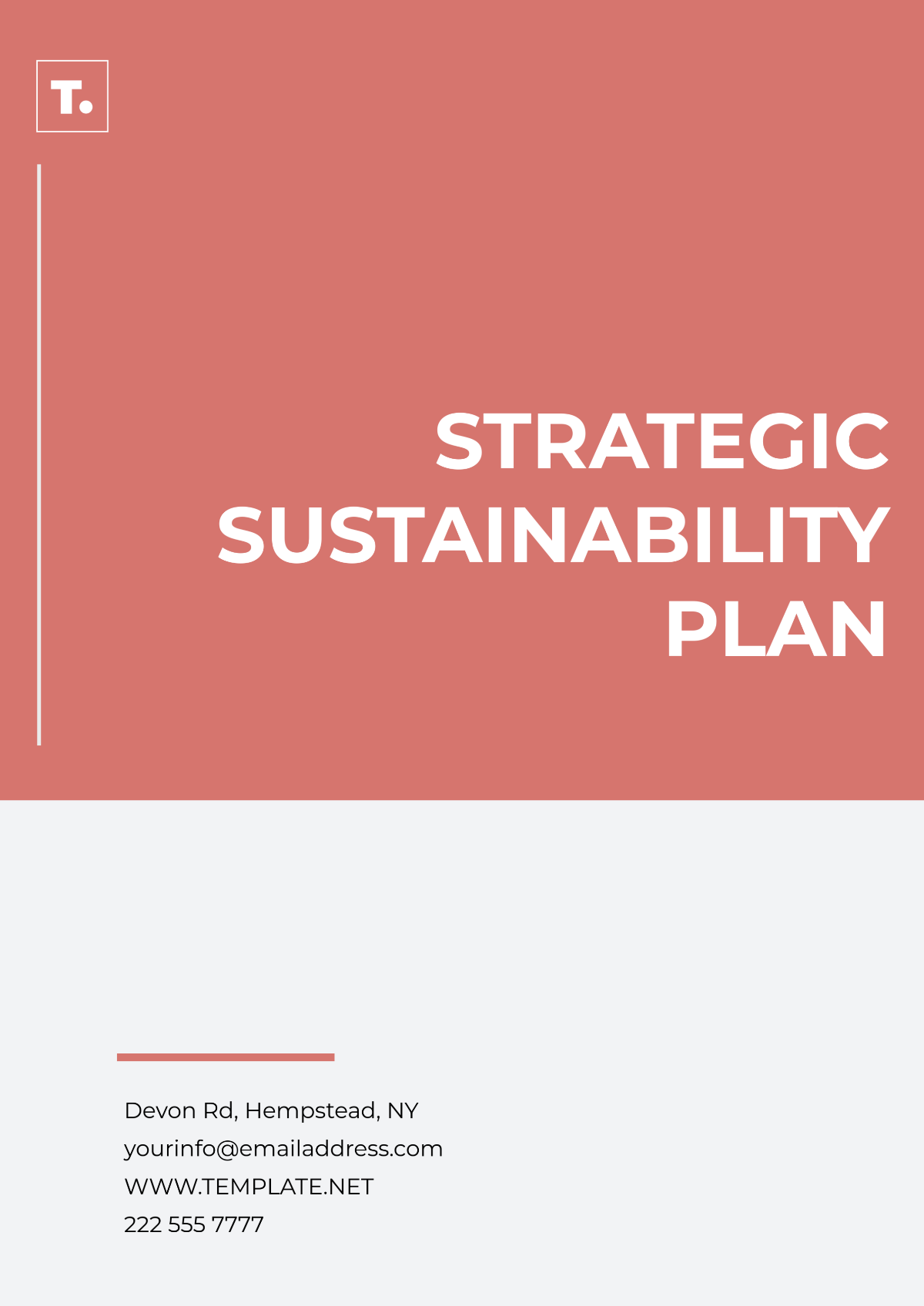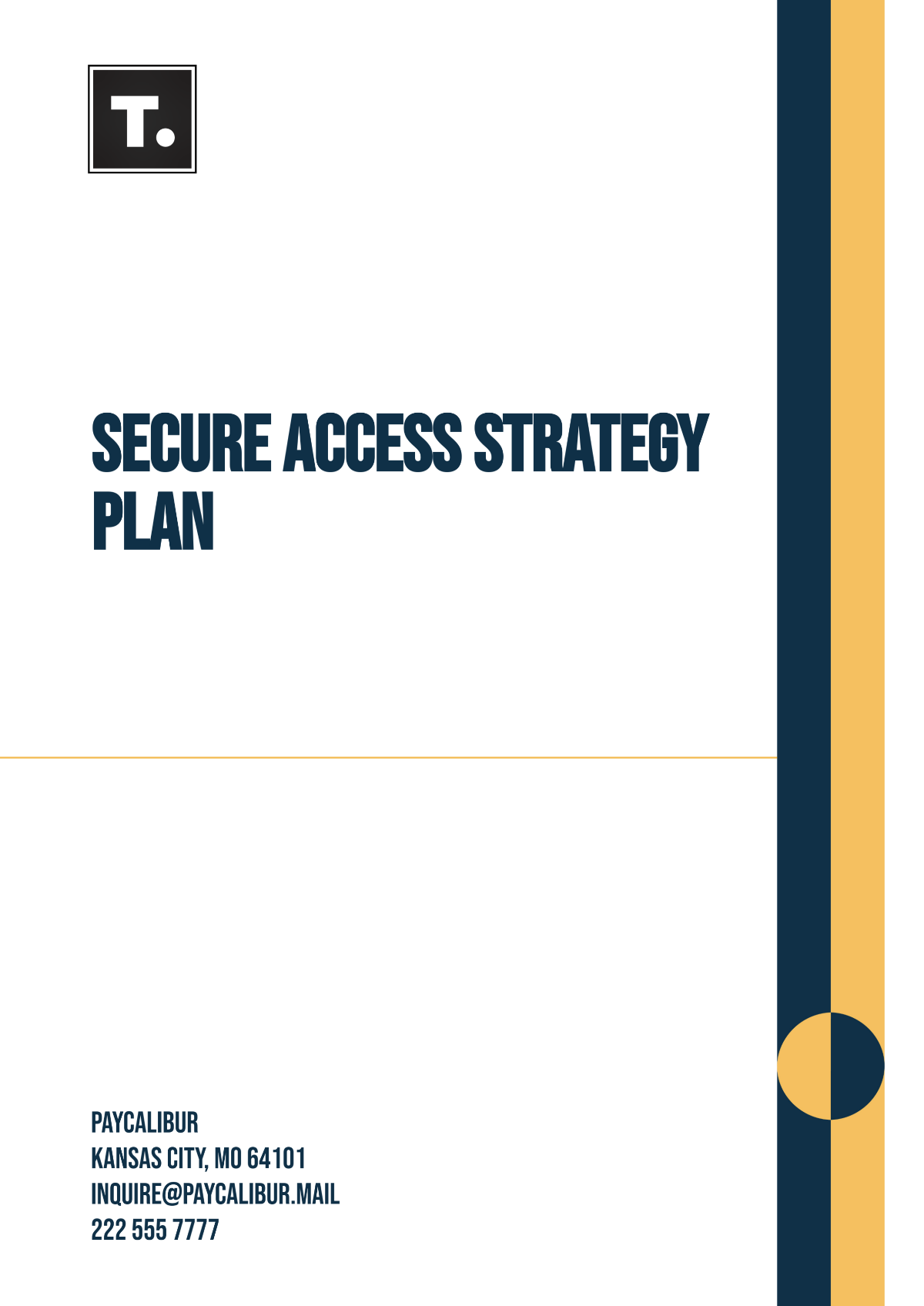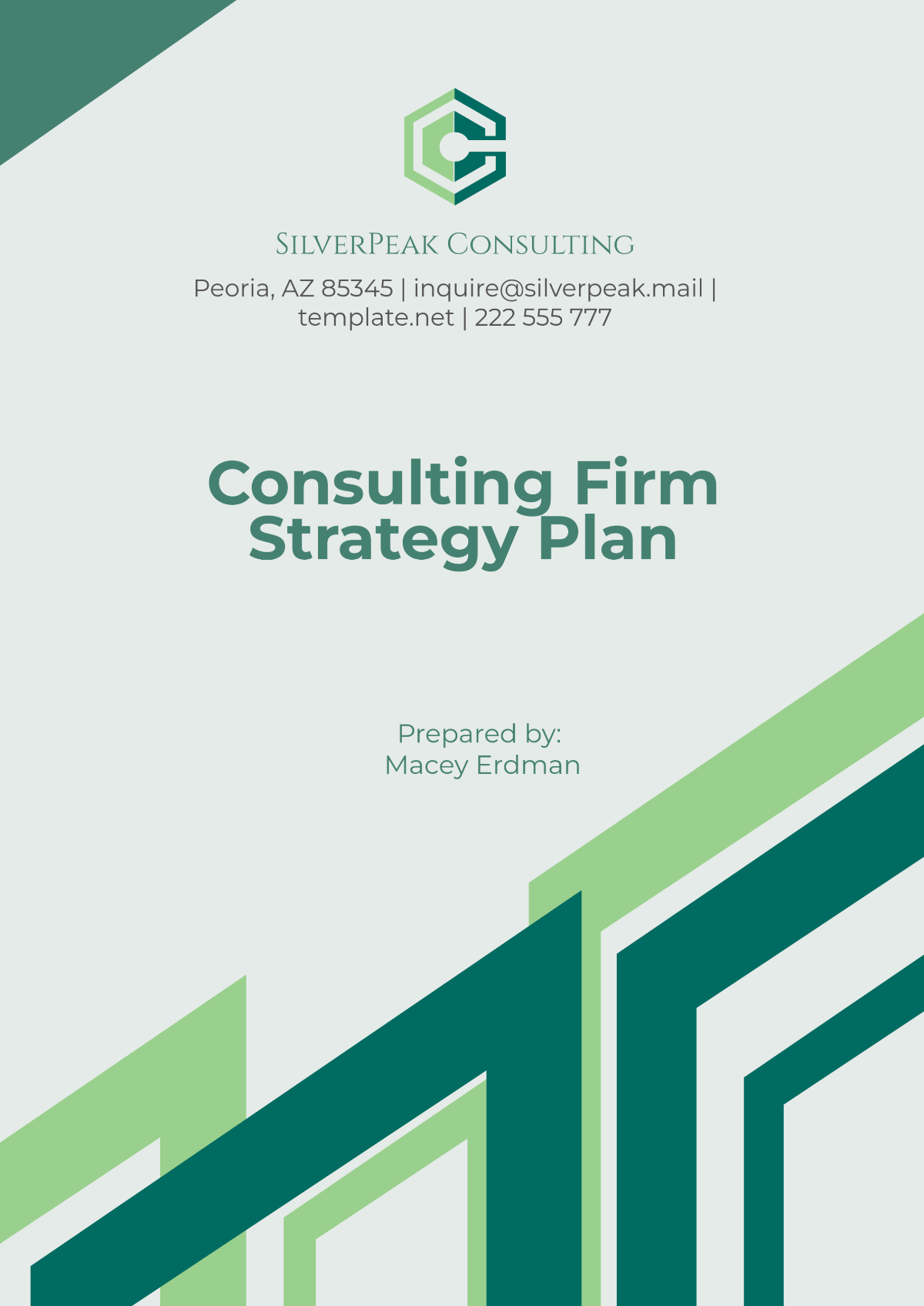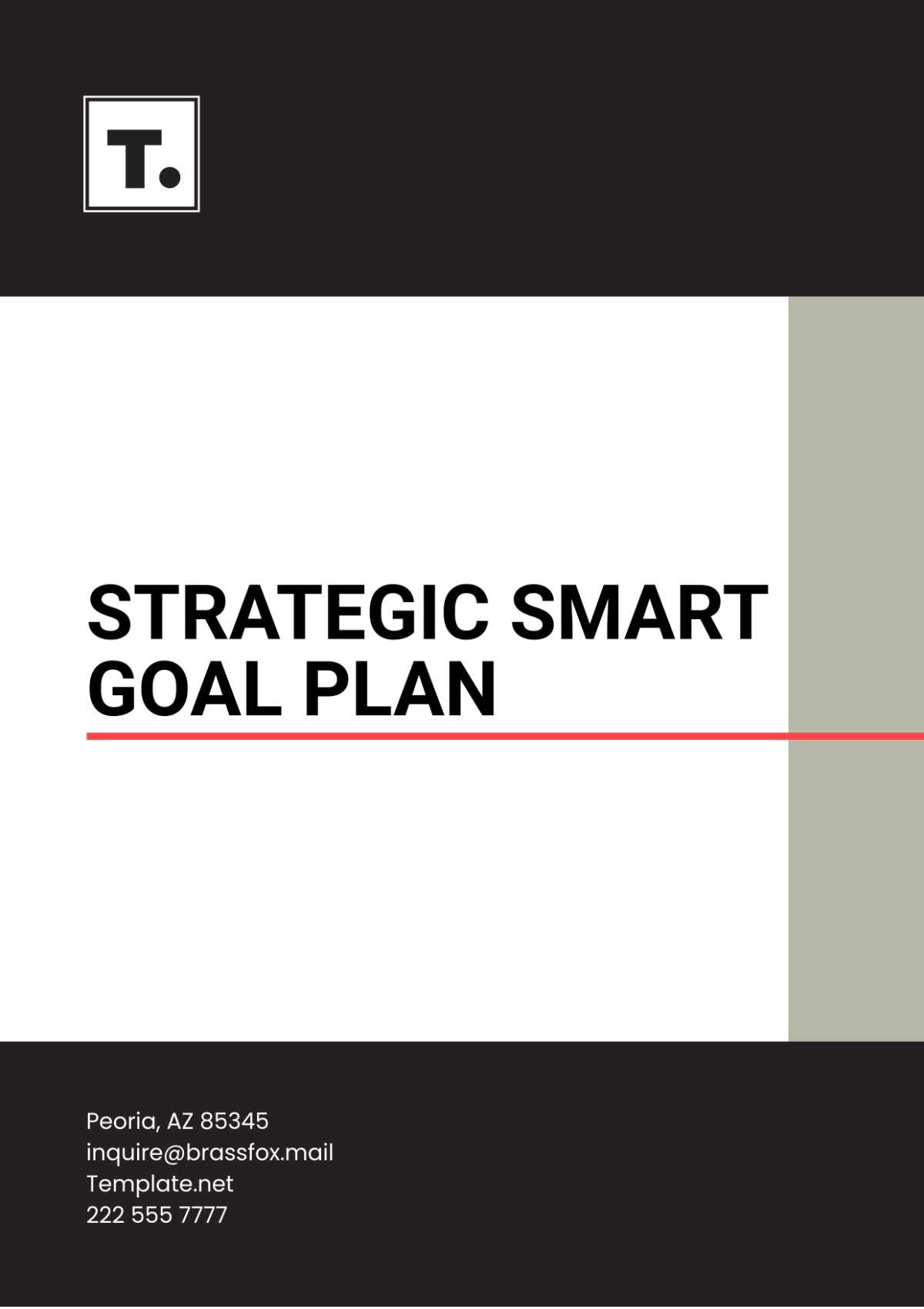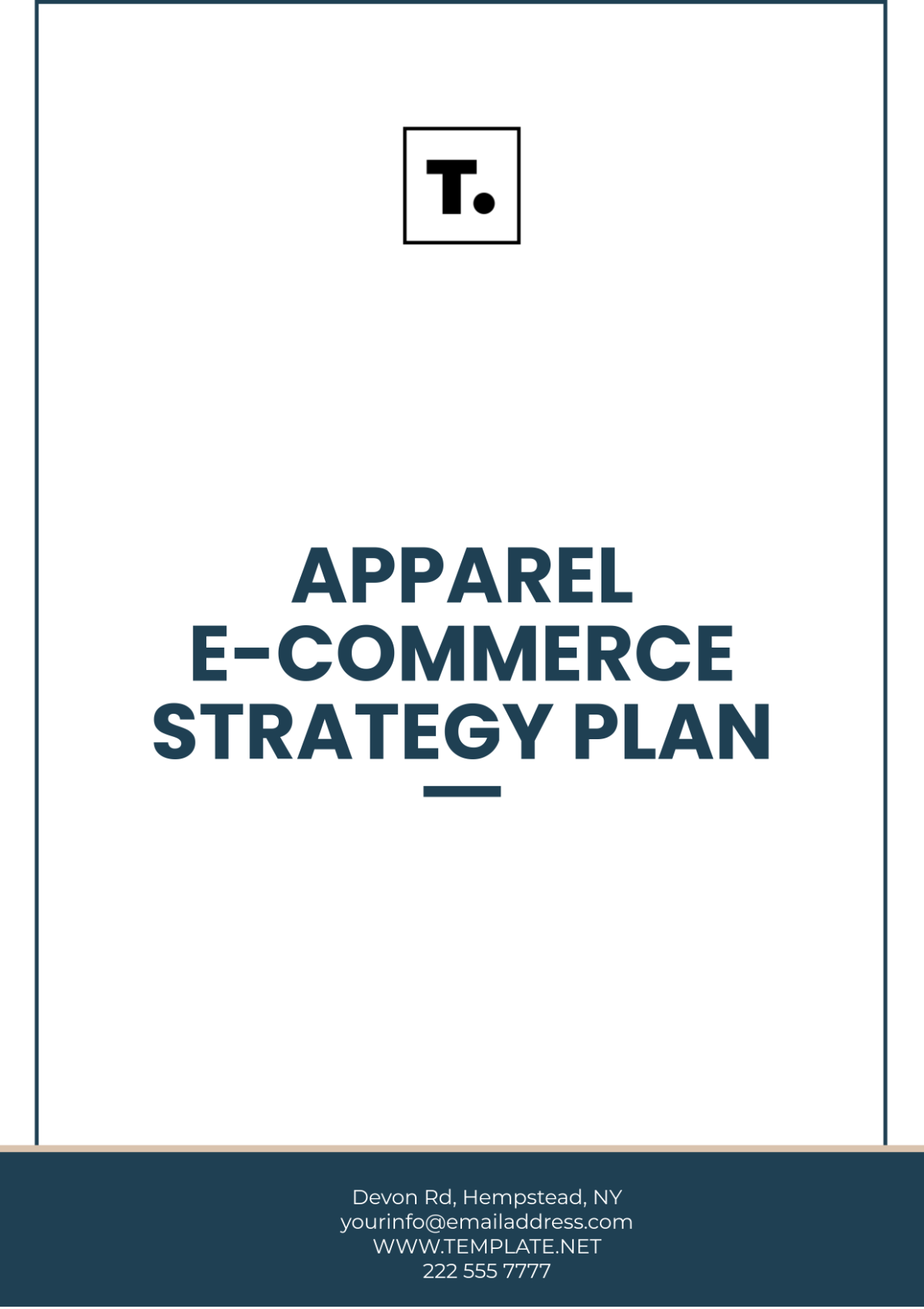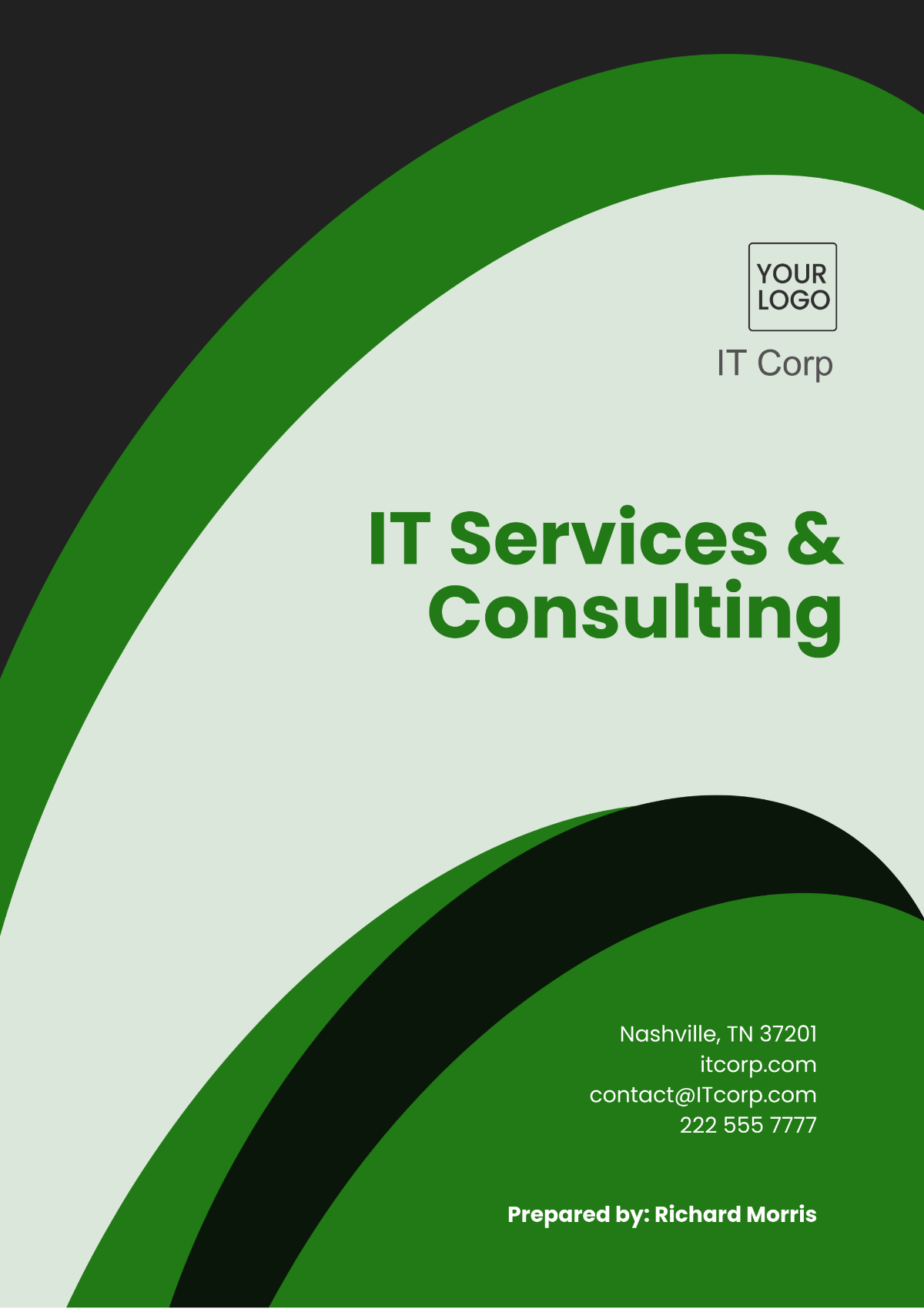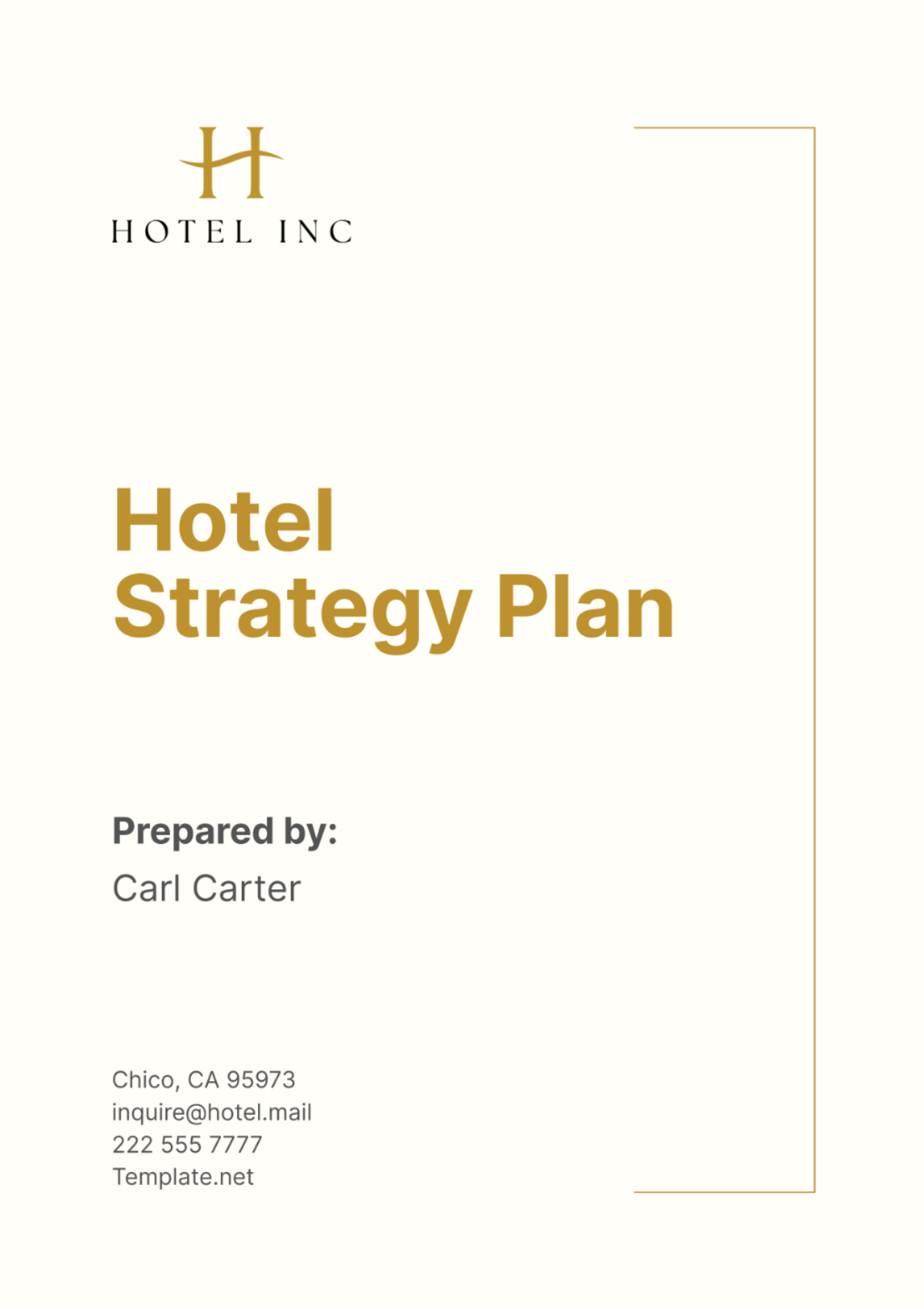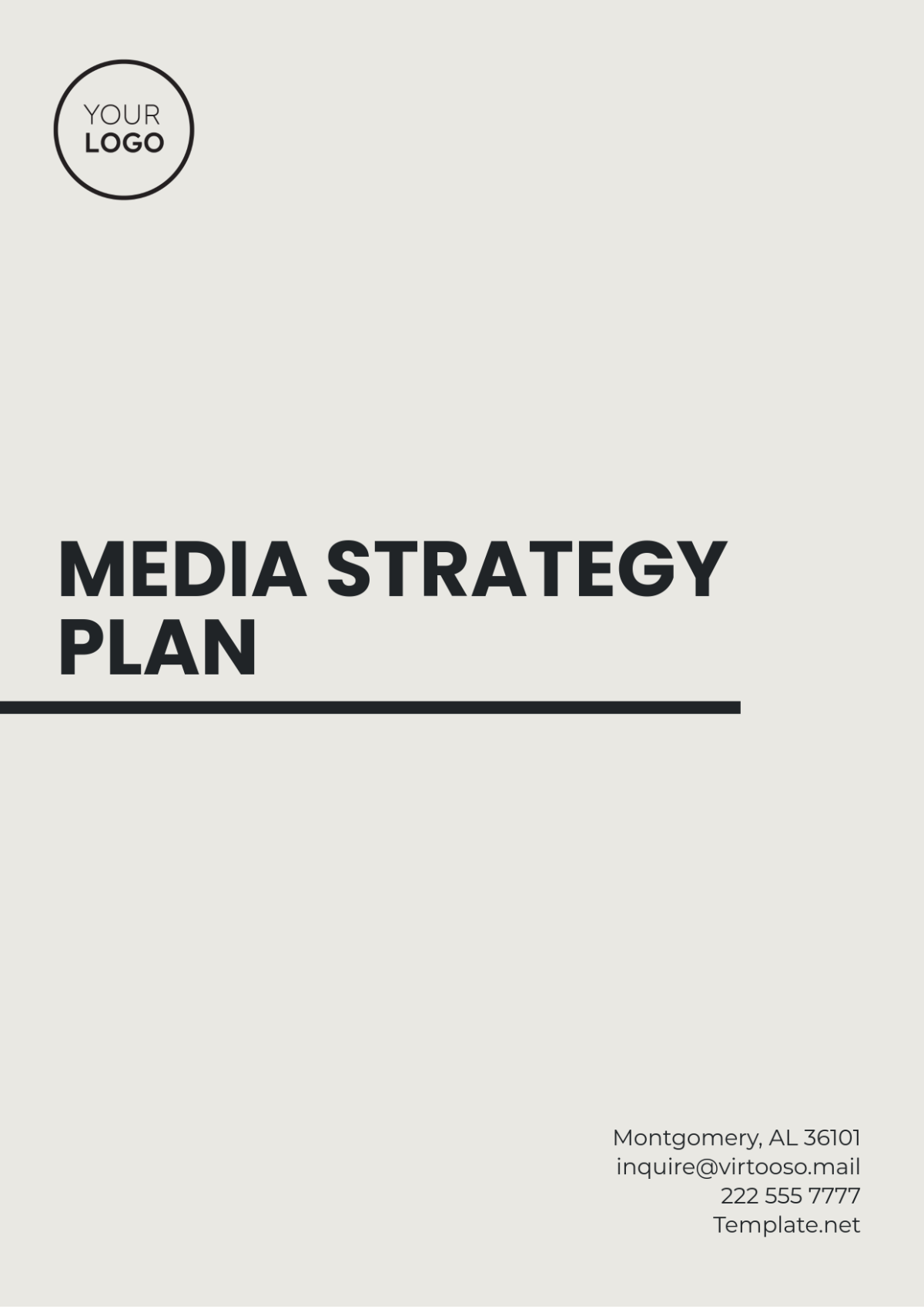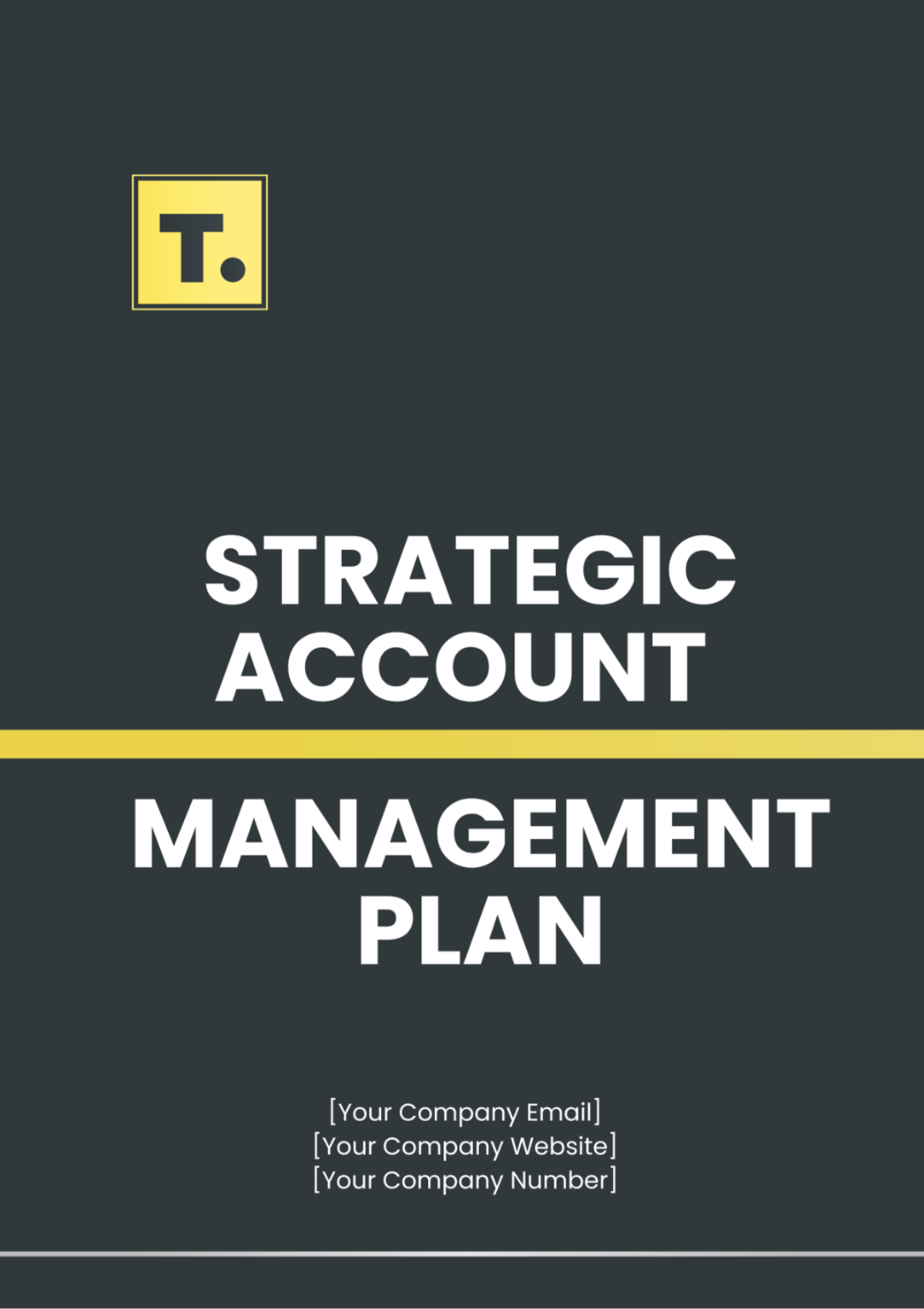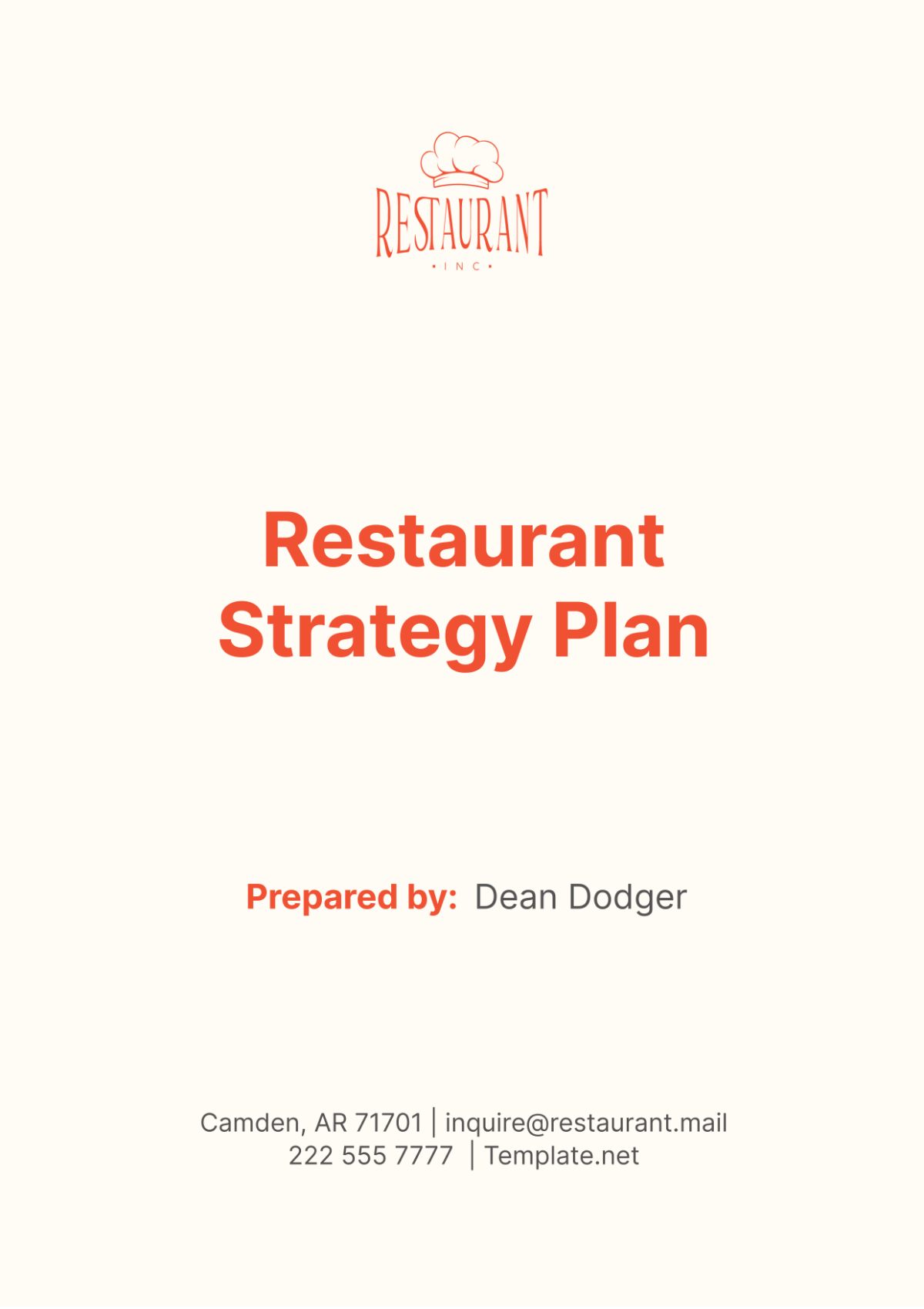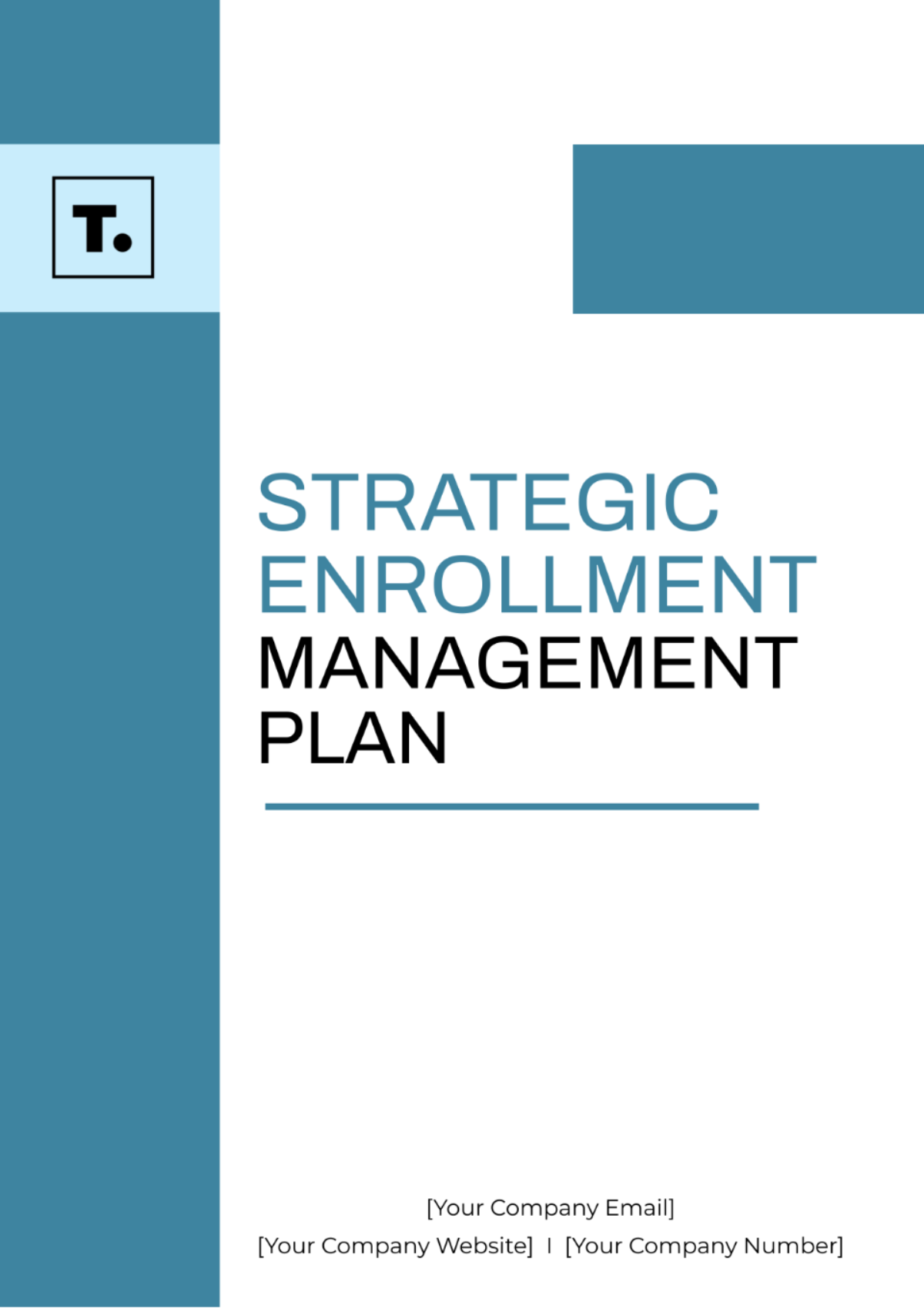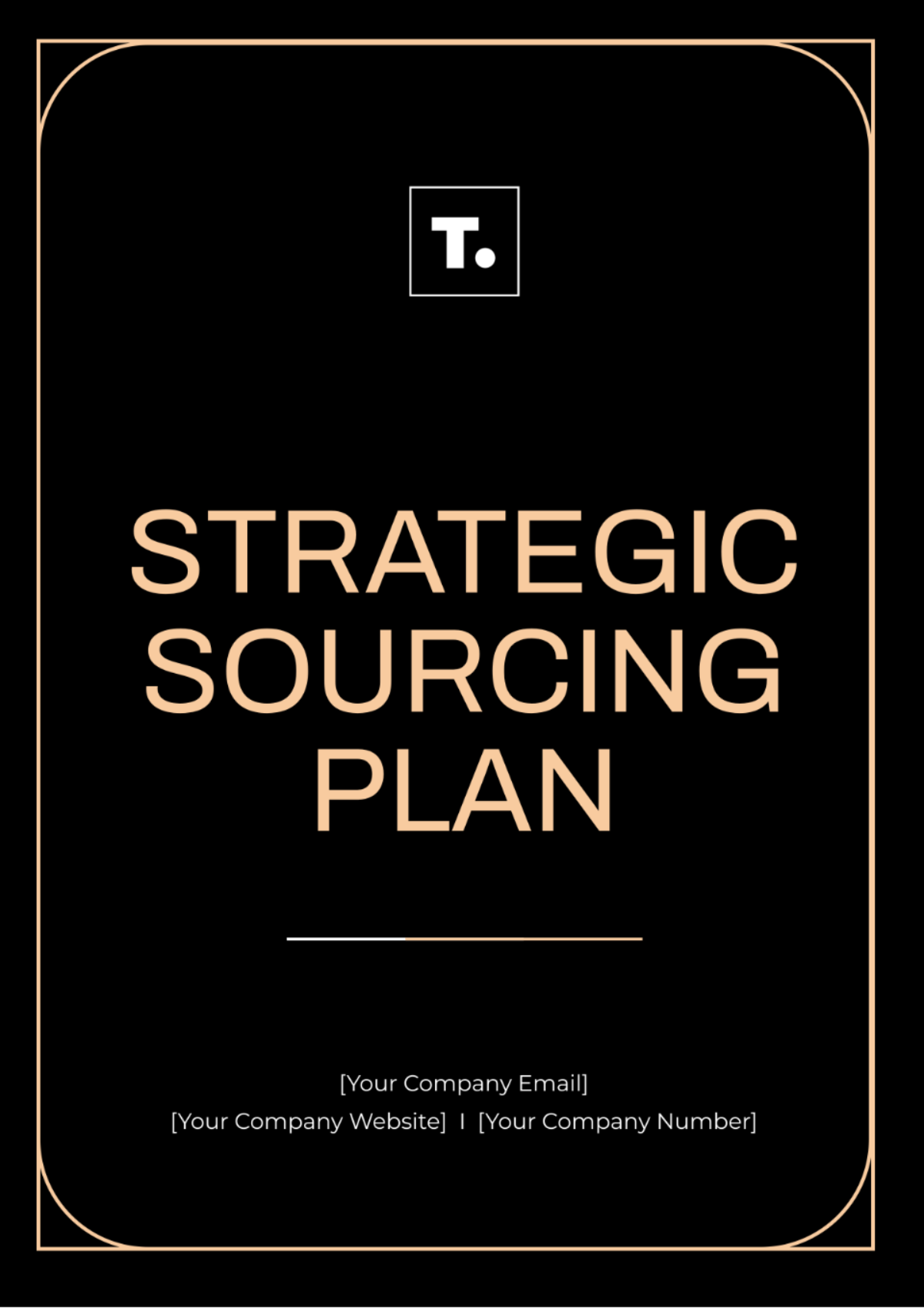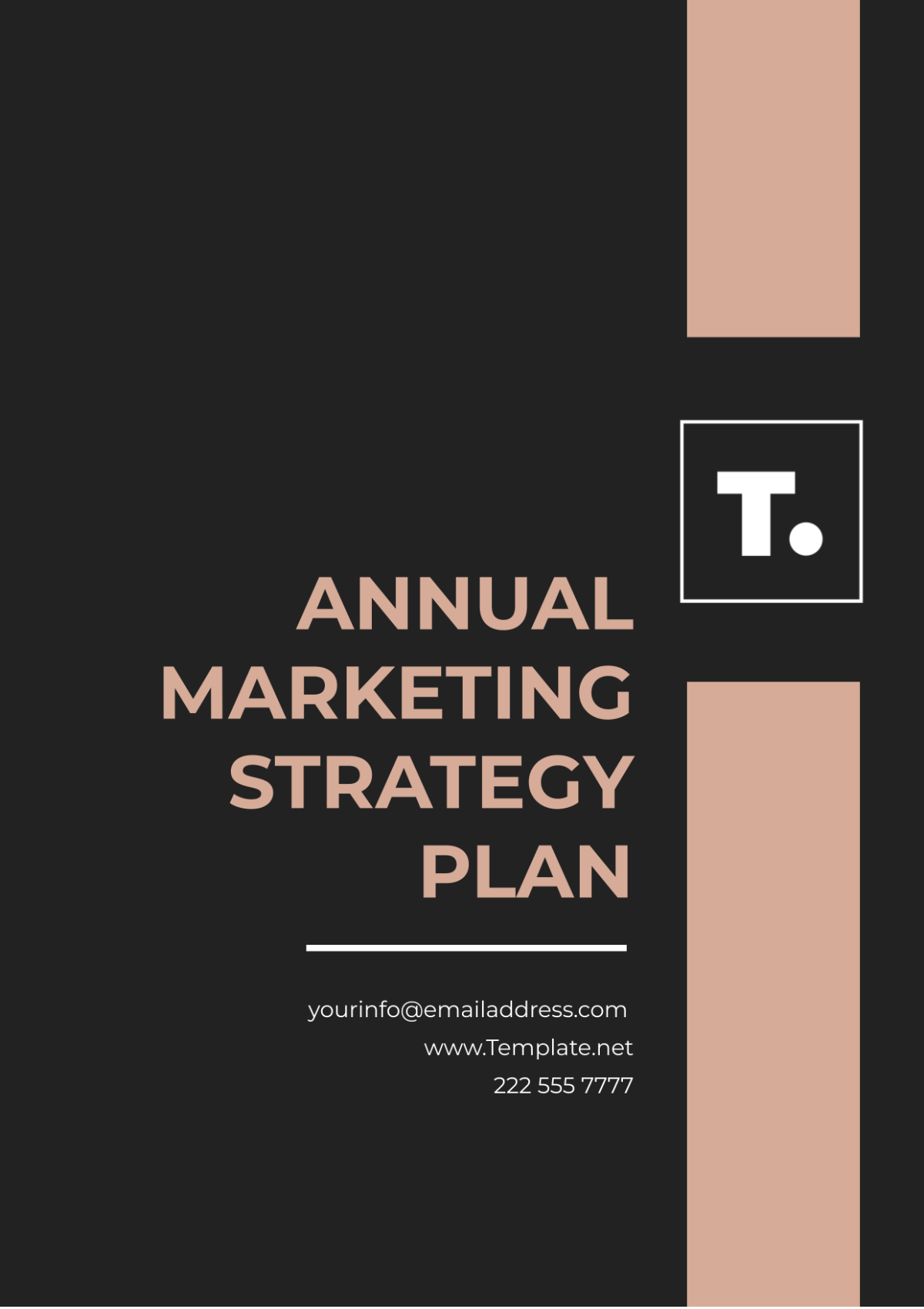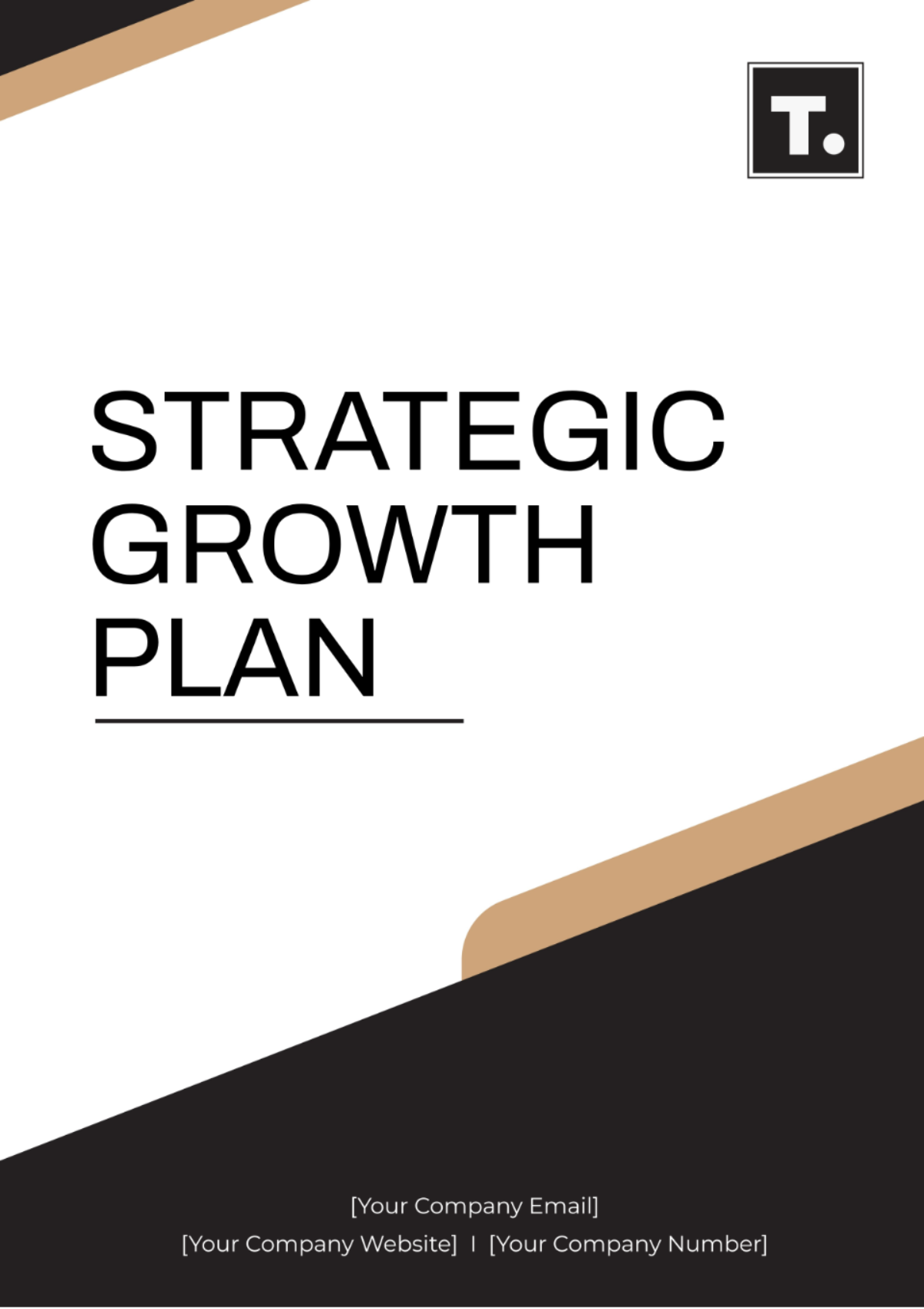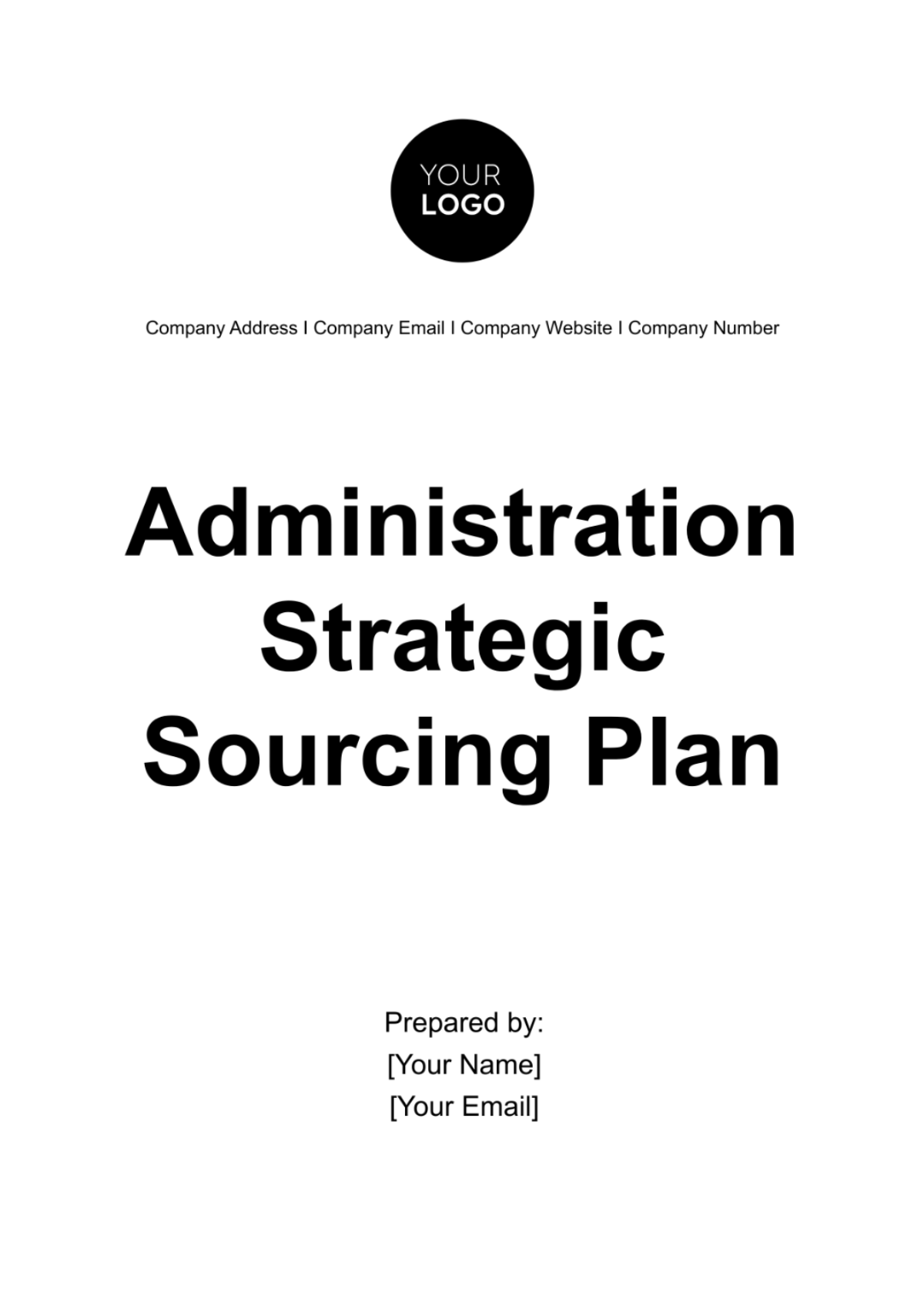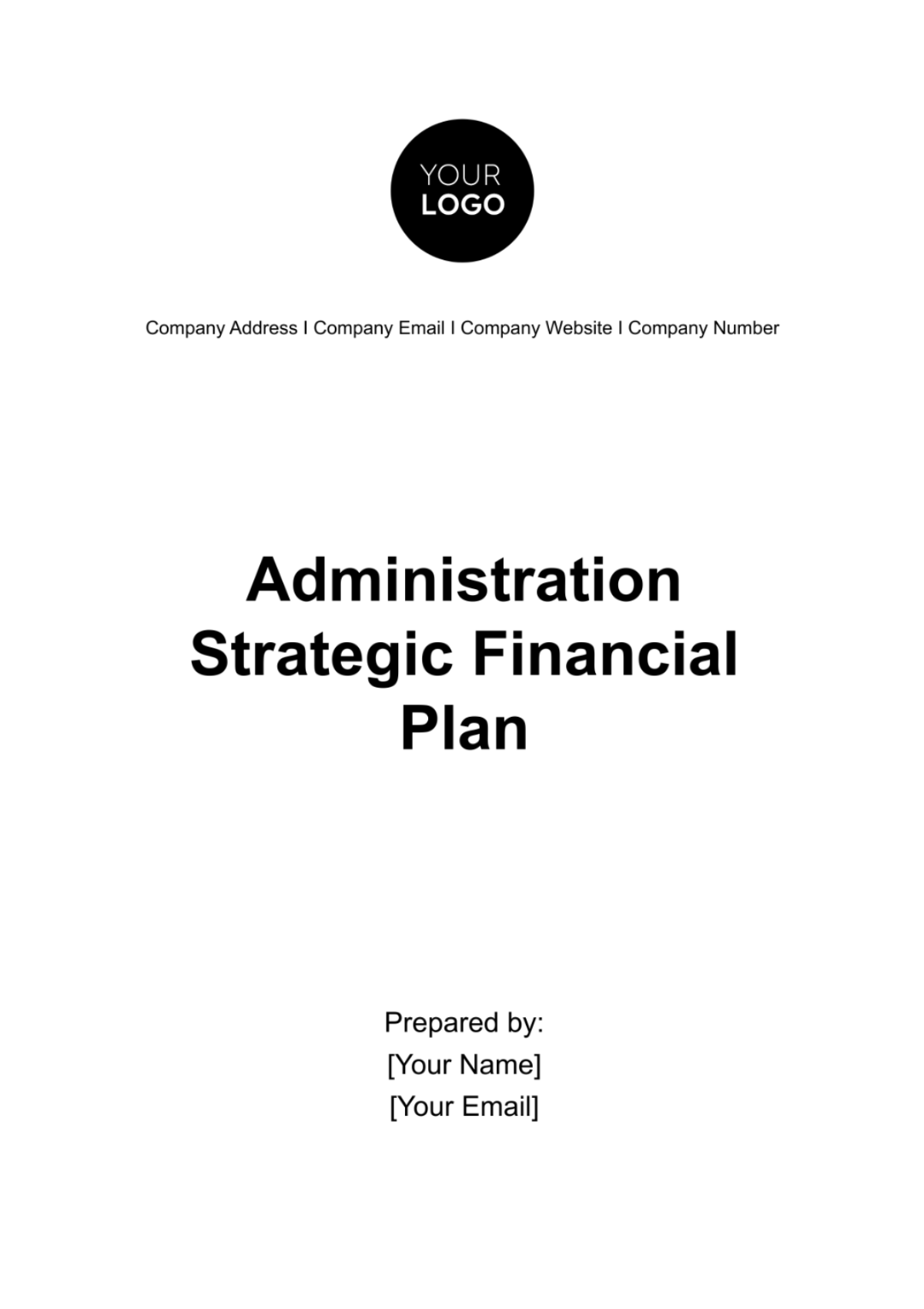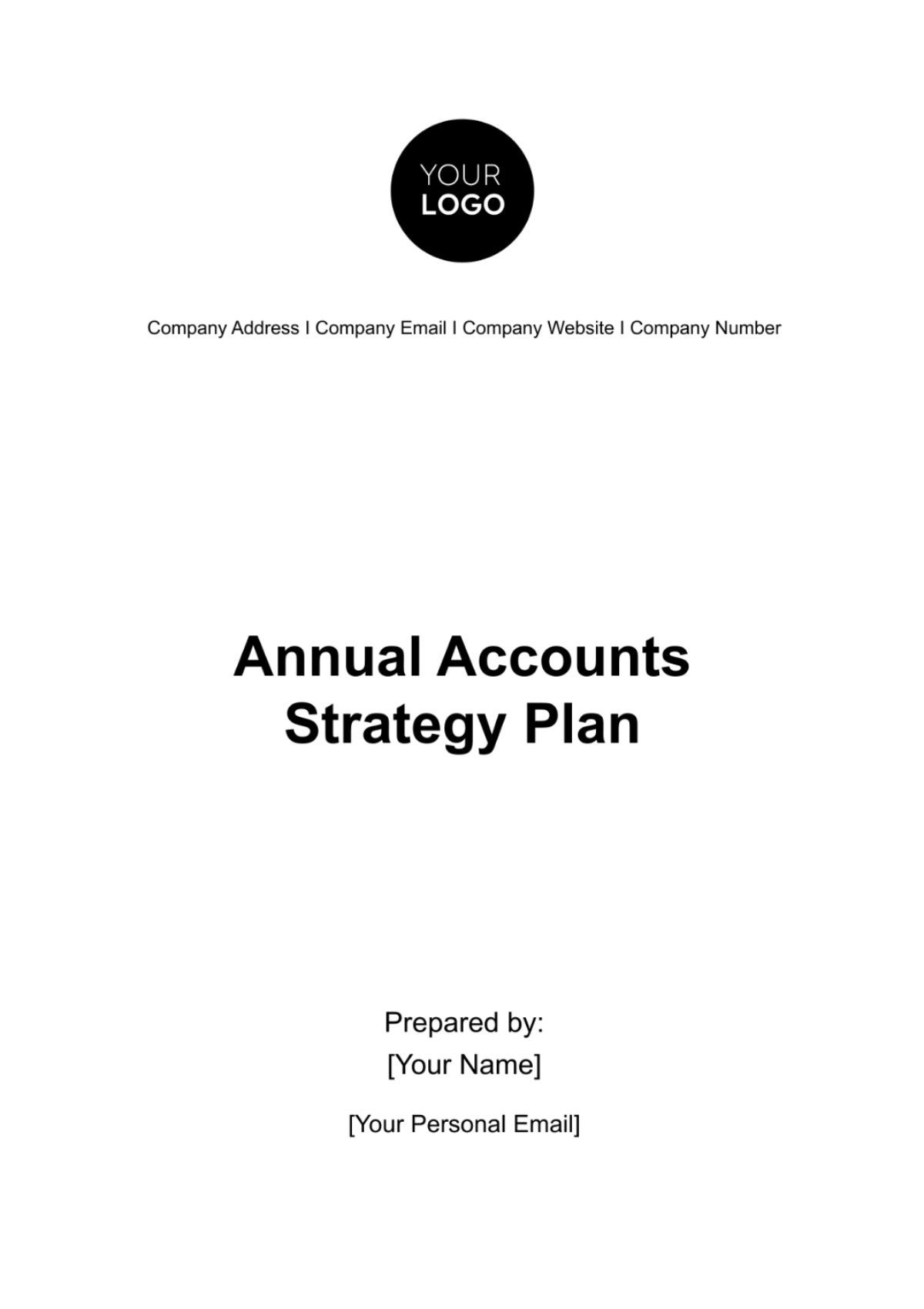Hotel Strategy Plan
I. Executive Summary
A. Overview of the Hotel
[Your Company Name], nestled in the vibrant heart of the city, offers a sanctuary of luxury and tranquility for discerning travelers. Boasting [000] elegantly appointed rooms, a rooftop infinity pool, and award-winning dining options, our hotel is renowned for its sophisticated ambiance and impeccable service.
B. Mission and Vision Statement
Our mission at [Your Company Name] is to curate unforgettable experiences for our guests, blending warm hospitality with exquisite amenities to create lasting memories. Our vision is to be recognized as the epitome of luxury hospitality, setting the standard for excellence in every guest interaction.
C. Summary of Key Objectives
At [Your Company Name], our primary objectives revolve around driving revenue growth, enhancing guest satisfaction, optimizing operational efficiency, and fostering a culture of continuous improvement. Through strategic initiatives and a relentless focus on excellence, we aim to exceed expectations and elevate our position in the market.
II. Introduction
A. Background of the Hotel
Established in [Year], [Your Company Name] has evolved into a distinguished landmark synonymous with luxury and refinement. Over the years, we have built a legacy of unparalleled service, earning the trust and loyalty of guests from around the world.
B. Purpose and Scope of the Strategy Plan
The purpose of this strategy plan is to chart a course for sustained growth and competitiveness in an ever-changing hospitality landscape. By aligning our goals with market trends and guest preferences, we aim to enhance our offerings, streamline operations, and drive value for all stakeholders.
C. Key Stakeholders
Our stakeholders encompass a diverse spectrum, including hotel management, dedicated staff members, esteemed guests, supportive investors, and the vibrant local community. Their collaboration and engagement are vital as we embark on this journey of strategic transformation.
III. Situation Analysis
A. SWOT Analysis
Strengths
Our prime location in the bustling city center offers convenience and accessibility to major attractions and business districts.
The hallmark of our success lies in our unwavering commitment to personalized service, which has garnered us a loyal clientele and positive word-of-mouth reputation.
With a portfolio of well-appointed rooms, upscale amenities, and signature dining experiences, we have established a distinct brand identity synonymous with luxury and sophistication.
Weaknesses
Despite our strong presence, we face limitations in market reach compared to larger hotel chains, necessitating strategic marketing efforts to expand our customer base.
Seasonal fluctuations in occupancy rates pose a challenge, requiring innovative promotional strategies and revenue management techniques to mitigate revenue volatility.
While we have invested in traditional marketing channels, there is room for improvement in leveraging digital platforms and technology to enhance our visibility and reach.
Opportunities
The evolving landscape of experiential travel presents an opportunity to differentiate ourselves by offering unique and immersive guest experiences tailored to individual preferences.
The advent of digital marketing and technological advancements opens avenues for targeted outreach, personalized engagement, and data-driven decision-making to optimize marketing ROI.
Embracing trends in sustainable tourism and wellness initiatives allows us to align with shifting consumer preferences and cater to the growing demand for eco-conscious and holistic travel experiences.
Threats
Intense competition from established luxury hotels and emerging boutique properties heightens the need for differentiation and innovation to maintain market relevance and competitiveness.
Economic uncertainties, geopolitical tensions, and unforeseen crises such as pandemics or natural disasters pose risks to travel patterns and consumer spending, necessitating robust contingency plans and risk mitigation strategies.
Evolving regulatory frameworks and compliance requirements in the hospitality industry introduce complexities and potential operational challenges, necessitating vigilance and adaptability to navigate changing legal landscapes.
B. Market Analysis
Market Trends
The hospitality industry is witnessing a shift towards experiential travel, with guests seeking immersive and authentic experiences that go beyond traditional accommodation.
Boutique hotels like [Your Company Name] are increasingly favored by travelers for their intimate atmosphere, personalized service, and distinctive charm, catering to a niche market segment seeking unique and memorable stays.
There is a growing emphasis on sustainability and wellness in travel, with guests prioritizing eco-friendly practices, wellness amenities, and holistic experiences that promote physical and mental well-being.
Competitor Analysis
Competitor analysis reveals a diverse landscape of luxury hotels, boutique properties, and international chains vying for market share in our target market.
Key competitors include established luxury brands known for their opulent offerings and global presence, as well as emerging boutique hotels that compete on the basis of uniqueness, authenticity, and personalized service.
Understanding competitor strengths, weaknesses, pricing strategies, and marketing tactics enables us to identify opportunities for differentiation and competitive advantage in the marketplace.
Target Market Segments
Our primary target market comprises discerning travelers seeking luxury, exclusivity, and personalized service, including affluent leisure travelers, business executives, and high-net-worth individuals.
Secondary target segments include niche markets such as honeymooners, wellness enthusiasts, and eco-conscious travelers, who value unique experiences, sustainability, and authenticity in their accommodation choices.
By tailoring our offerings, marketing messages, and guest experiences to cater to the diverse needs and preferences of these segments, we can maximize our appeal and capture a larger share of the market.
C. Internal Analysis
Financial Performance
Despite external challenges, [Your Company Name] has demonstrated resilience and stability, with consistent revenue growth and healthy profit margins.
A comprehensive review of financial metrics, including RevPAR (Revenue per Available Room), ADR (Average Daily Rate), and occupancy rates, indicates our competitive positioning within the market and highlights areas for revenue optimization and cost containment.
With prudent financial management practices and strategic investment decisions, we aim to sustain profitability and drive long-term value for our stakeholders.
Operational Performance
Operational efficiency is a cornerstone of our success, characterized by streamlined processes, effective resource utilization, and a culture of continuous improvement.
Key performance indicators such as guest satisfaction scores, staff productivity metrics, and operational benchmarks provide insights into our operational effectiveness and areas for enhancement.
By leveraging technology, implementing best practices, and empowering our team members, we strive to optimize operational performance, enhance service delivery, and exceed guest expectations at every touchpoint.
Customer Feedback and Satisfaction
Guest feedback is invaluable in shaping our service offerings and driving guest satisfaction, with online reviews, surveys, and guest feedback mechanisms serving as vital sources of insight.
Analysis of guest satisfaction scores, Net Promoter Score (NPS), and customer sentiment indicators enables us to identify trends, address pain points, and capitalize on opportunities to enhance the guest experience.
By listening attentively to guest feedback, responding proactively to guest needs, and continuously raising the bar for service excellence, we cultivate loyalty, advocacy, and repeat business, laying the foundation for sustainable growth and success.
IV. Mission, Vision, and Values
A. Mission Statement
At [Your Company Name], our mission is to surpass expectations by providing unparalleled service, creating unforgettable experiences, and fostering a sense of belonging for every guest who walks through our doors. We strive to be more than just a hotel; we aim to be a cherished destination where memories are made and cherished.
B. Vision Statement
Our vision at [Your Company Name] is to be the epitome of luxury hospitality, setting the standard for excellence in every aspect of our operations. We aspire to be the preferred choice for travelers seeking refined elegance, impeccable service, and genuine hospitality, both now and for generations to come.
C. Core Values and Guiding Principles
Excellence: We are committed to excellence in everything we do, from service delivery to guest experiences, striving to surpass expectations at every opportunity.
Integrity: We conduct ourselves with honesty, transparency, and integrity, earning the trust and respect of our guests, colleagues, and partners.
Innovation: We embrace innovation and creativity, continuously seeking new ways to enhance the guest experience, improve operations, and stay ahead of industry trends.
Sustainability: We are dedicated to environmental stewardship and social responsibility, integrating sustainable practices into our operations and contributing positively to the communities we serve.
Teamwork: We value collaboration, diversity, and inclusivity, fostering a culture of teamwork, respect, and mutual support among our staff members.
Guest-Centricity: We prioritize the needs and preferences of our guests above all else, striving to anticipate their desires, exceed their expectations, and create lasting connections that inspire loyalty and advocacy.
V. Goals and Objectives
A. Overall Goals
Revenue Growth: Achieve sustainable revenue growth through strategic pricing, targeted marketing initiatives, and innovative revenue management strategies.
Guest Satisfaction: Enhance guest satisfaction levels by delivering personalized experiences, exceeding service expectations, and fostering meaningful connections with our guests.
Operational Efficiency: Optimize operational efficiency and resource utilization to maximize productivity, minimize costs, and improve overall performance.
B. Specific Objectives
Revenue Targets: Increase total revenue by 10% annually, with a focus on driving room revenue, food and beverage sales, and ancillary revenue streams.
Guest Experience Improvement: Improve overall guest satisfaction scores by 5% year-over-year, as measured by guest feedback surveys and online reviews.
Employee Development Goals: Enhance employee engagement and professional development opportunities, resulting in a 15% decrease in staff turnover rates and a 10% increase in employee satisfaction scores.
VI. Strategies
A. Marketing and Sales Strategy
Branding and Positioning: Enhance our brand identity and position [Your Company Name] as a premier luxury destination through targeted branding initiatives, storytelling, and consistent messaging across all channels.
Targeted Marketing Initiatives: Implement data-driven marketing campaigns tailored to specific market segments, leveraging guest data, market insights, and behavioral analytics to personalize communication and drive engagement.
Sales Strategies: Strengthen our sales efforts through strategic partnerships, corporate alliances, and direct sales initiatives, focusing on high-yield segments and emerging markets to maximize revenue opportunities.
B. Operational Excellence Strategy
Process Optimization: Streamline operational processes and workflows through technology integration, automation, and continuous improvement methodologies such as Lean Six Sigma, resulting in enhanced efficiency, productivity, and cost savings.
Quality Assurance: Implement rigorous quality assurance protocols and service standards to uphold the highest levels of cleanliness, safety, and service excellence, ensuring a seamless and memorable guest experience at every touchpoint.
Technology Integration: Invest in innovative technologies and digital solutions to enhance guest engagement, streamline operations, and improve decision-making, with a focus on mobile check-in/out, guest service apps, and data analytics tools.
C. Customer Experience Strategy
Service Excellence Standards: Define and implement service excellence standards, training programs, and service recovery protocols to empower our team members to deliver exceptional service that exceeds guest expectations and fosters loyalty.
Guest Engagement Initiatives: Enhance guest engagement and loyalty through personalized communication, loyalty programs, and curated experiences that resonate with our target audience and create lasting memories.
Feedback Mechanisms: Establish robust guest feedback mechanisms, including post-stay surveys, online review monitoring, and real-time feedback channels, to capture guest insights, address concerns promptly, and continuously improve our offerings.
D. Talent Management Strategy
Recruitment and Training Programs: Develop comprehensive recruitment strategies and training programs to attract, retain, and develop top talent, emphasizing skill development, career advancement opportunities, and a supportive work environment.
Employee Recognition and Motivation: Recognize and reward outstanding performance, dedication, and innovation through employee recognition programs, incentive schemes, and career progression pathways, fostering a culture of excellence and motivation.
Leadership Development: Invest in leadership development initiatives and succession planning to cultivate future leaders within the organization, providing mentorship, coaching, and growth opportunities for high-potential employees.
VII. Action Plans
A. Marketing and Sales Action Plan
Campaign Calendar: Develop a comprehensive marketing calendar outlining key campaigns, promotions, and events aligned with seasonal trends, holidays, and target market preferences.
Sales Targets: Establish measurable sales targets for each market segment, channel, and revenue stream, with clear KPIs and performance metrics to track progress and evaluate effectiveness.
Promotional Activities: Execute targeted promotional activities, including special packages, discounts, and incentives, to drive demand and stimulate bookings during off-peak periods or for specific market segments.
B. Operational Action Plan
Process Improvement Initiatives: Identify opportunities for process optimization and efficiency gains across all departments, implementing standardized procedures, workflow automation, and performance metrics to monitor outcomes.
Staff Training Schedule: Develop a comprehensive training calendar covering essential skills, service standards, and technology proficiency, tailored to the needs of different departments and roles within the organization.
Technology Upgrades: Invest in technology upgrades and infrastructure enhancements to support operational efficiency, guest satisfaction, and data-driven decision-making, prioritizing investments in PMS, CRM, and guest-facing technologies.
C. Customer Experience Action Plan
Service Standards Implementation: Roll out service excellence standards and best practices through comprehensive training, communication, and reinforcement strategies, ensuring alignment with our brand promise and guest expectations.
Guest Feedback Mechanisms: Implement a multi-channel feedback system encompassing post-stay surveys, online review monitoring, and real-time feedback platforms to capture guest insights, address concerns promptly, and identify areas for improvement.
Staff Empowerment Programs: Empower frontline staff with the authority, tools, and resources to proactively resolve guest issues, deliver personalized experiences, and exceed service expectations, fostering a culture of ownership, accountability, and empowerment.
D. Talent Management Action Plan
Recruitment Strategy: Develop targeted recruitment campaigns and talent acquisition initiatives to attract top talent, leveraging both traditional and digital channels to reach qualified candidates and diversify our talent pool.
Training Programs: Implement structured training programs and competency-based assessments to develop essential skills, knowledge, and behaviors required for success in various roles within the organization.
Performance Management Systems: Establish performance management systems and processes to provide regular feedback, recognition, and development opportunities for employees, fostering a culture of continuous learning, growth, and excellence.
VIII. Monitoring and Evaluation
A. Key Performance Indicators (KPIs)
Revenue Metrics: RevPAR, ADR, Occupancy Rate
Guest Satisfaction Scores: Overall satisfaction, NPS, Online review ratings
Operational Efficiency: Staff productivity, Cost per occupied room, Employee turnover rate
B. Monitoring Mechanisms
Regular performance reviews and KPI tracking
Guest feedback analysis and action planning
Operational audits and quality assurance inspections
C. Evaluation Criteria
Achievement of revenue targets and profitability goals
Improvement in guest satisfaction scores and loyalty metrics
Adherence to operational standards and efficiency benchmarks
D. Review Schedule
Monthly performance reviews and strategy updates
Quarterly deep-dive analysis and strategy adjustments
Annual comprehensive review and strategic planning sessions
IX. Risk Management
A. Identification of Risks
External Risks: Economic downturns, natural disasters, and pandemics impacting travel demand and revenue.
Competitive Risks: Increased competition from new entrants or established competitors, leading to pricing pressures and market share erosion.
Operational Risks: Technology failures, supply chain disruptions, or service delivery issues affecting guest satisfaction and reputation.
B. Risk Mitigation Strategies
Diversification: Expand target markets and revenue streams to reduce dependency on specific segments or sources of revenue.
Contingency Planning: Develop contingency plans and crisis management protocols to address unforeseen events and mitigate their impact on operations and financial performance.
Insurance Coverage: Review and update insurance policies to ensure adequate coverage for various risks, including property damage, liability, and business interruption.
C. Contingency Plans
Business Continuity Plan: Outline procedures for maintaining essential operations during disruptions, including backup systems, alternative suppliers, and communication protocols.
Crisis Communication Plan: Establish communication protocols and messaging strategies for addressing guest concerns, media inquiries, and stakeholder communication during crises.
Financial Resilience Plan: Build reserves and financial buffers to weather downturns and unexpected expenses, ensuring liquidity and financial stability during challenging times.
X. Implementation Timeline
A. Phased Implementation Schedule
Quarter 1: Focus on strategic planning and goal setting, aligning objectives with departmental priorities and resource allocation.
Quarters 2-3: Roll out action plans and initiatives, prioritizing quick wins and high-impact projects to drive early results and momentum.
Quarter 4: Evaluate progress, fine-tune strategies based on performance data and feedback, and prepare for the next planning cycle.
B. Milestones and Deliverables
Monthly Milestones: Track progress against key milestones and deliverables, adjusting timelines and resource allocation as needed to ensure on-time delivery.
Quarterly Reviews: Conduct comprehensive reviews of progress and performance, celebrating achievements, identifying challenges, and refining strategies for the next phase.
Annual Evaluation: Reflect on the year's accomplishments, lessons learned, and areas for improvement, informing strategic planning for the upcoming year.
XI. Resource Allocation
A. Budget Allocation
Revenue Generation: Allocate resources to revenue-generating activities such as marketing, sales, and revenue management, prioritizing investments with the highest potential return on investment.
Operational Excellence: Allocate funds for operational enhancements, technology upgrades, and staff training initiatives aimed at improving efficiency, service quality, and guest satisfaction.
Innovation and Growth: Allocate a portion of the budget for innovation projects, new initiatives, and strategic investments aimed at driving long-term growth and competitive advantage.
B. Human Resources Allocation
Staffing Levels: Evaluate staffing needs across departments based on projected demand, seasonality, and operational requirements, adjusting staffing levels as needed to optimize productivity and service levels.
Talent Development: Allocate resources for staff training, professional development, and leadership programs to nurture talent, enhance skills, and promote career growth within the organization.
Recruitment and Retention: Allocate resources for recruitment efforts, employee benefits, and retention programs aimed at attracting and retaining top talent, reducing turnover, and fostering a positive work environment.
C. Technology and Infrastructure Investment
Technology Upgrades: Allocate funds for technology upgrades, software licenses, and hardware investments to support operational efficiency, guest engagement, and data-driven decision-making.
Infrastructure Improvements: Allocate resources for property maintenance, renovations, and infrastructure upgrades to ensure a safe, comfortable, and appealing environment for guests and staff.
Sustainability Initiatives: Allocate funds for sustainability projects, energy-efficient equipment, and green initiatives aimed at reducing environmental impact, enhancing brand reputation, and achieving cost savings over the long term.
XII. Communication Plan
A. Internal Communication Strategy
Transparent Communication: Foster open communication channels across all levels of the organization, ensuring that staff members are informed, engaged, and aligned with strategic goals and priorities.
Collaboration Platforms: Utilize digital collaboration tools, team meetings, and town hall sessions to facilitate information sharing, idea exchange, and cross-functional collaboration among departments.
Recognition and Feedback: Recognize achievements, milestones, and contributions through internal newsletters, employee recognition programs, and performance feedback mechanisms, fostering a culture of appreciation and continuous improvement.
B. External Communication Strategy
Brand Messaging: Develop a cohesive brand narrative and messaging strategy that resonates with target audiences, conveying our unique value proposition, brand promise, and commitment to excellence.
Multi-channel Engagement: Leverage multiple communication channels, including social media, email marketing, and website content, to reach and engage target audiences, driving awareness, loyalty, and direct bookings.
Reputation Management: Monitor online reviews, social media mentions, and media coverage, proactively addressing guest feedback and managing reputational risks to safeguard our brand image and reputation.
